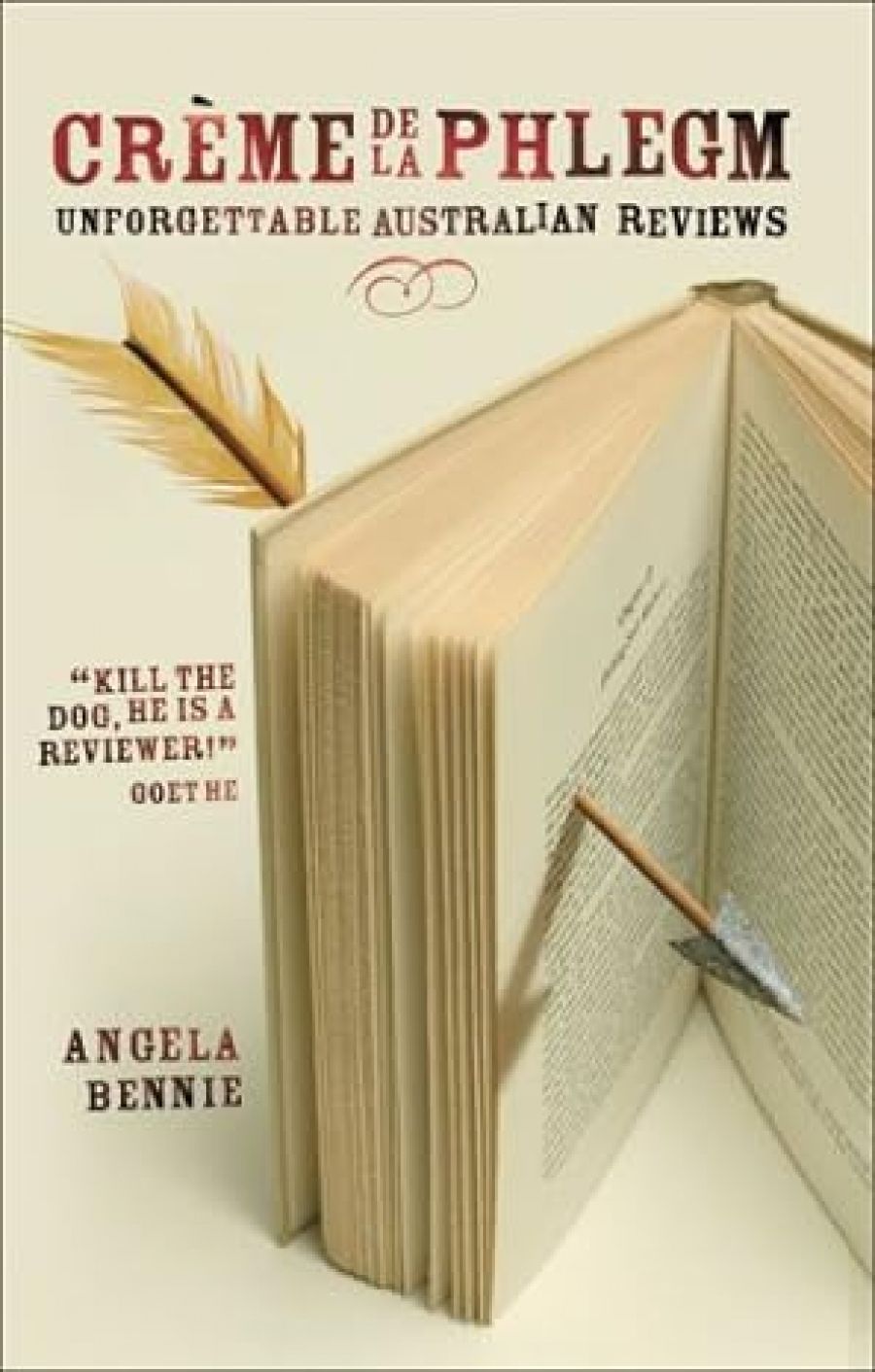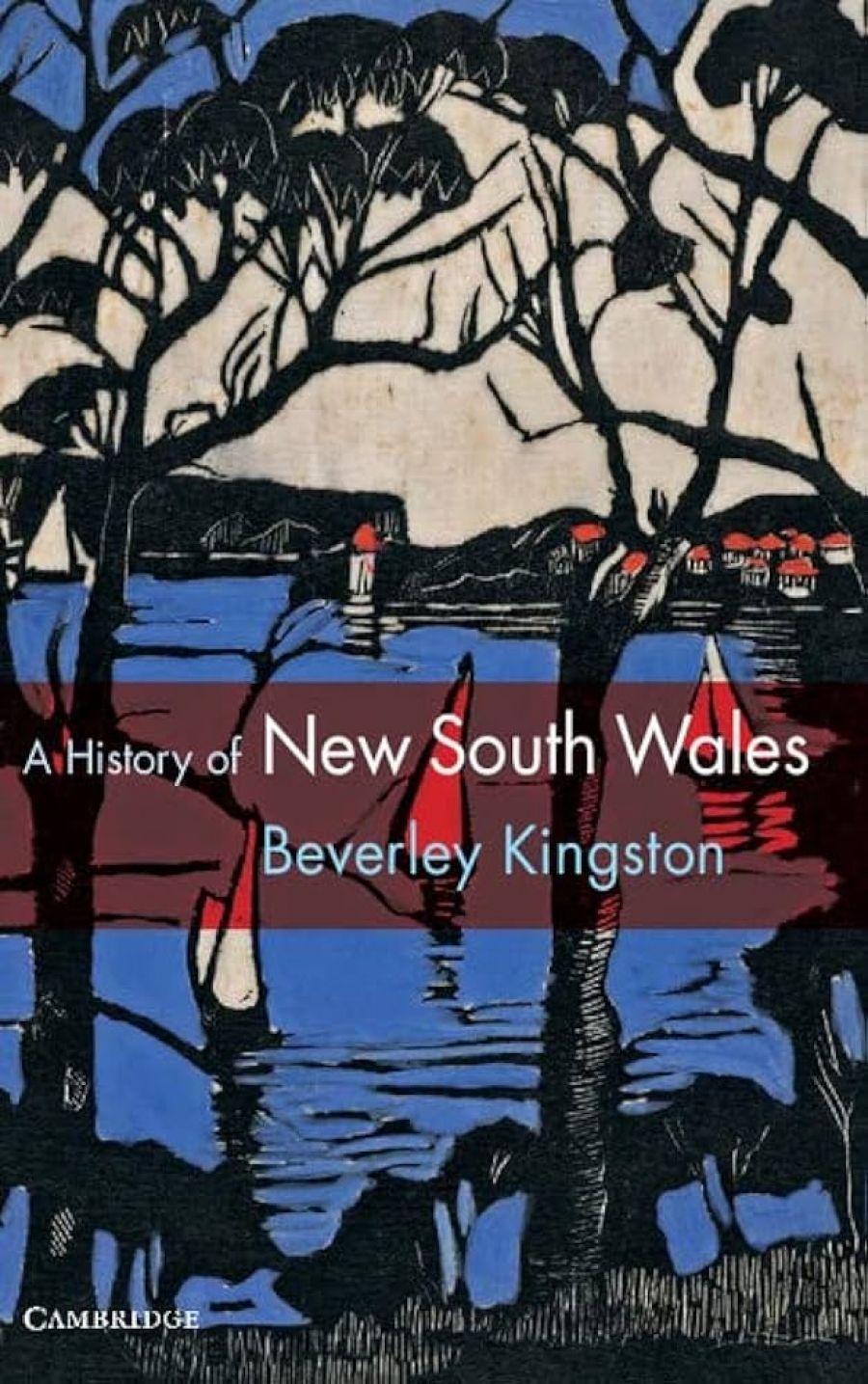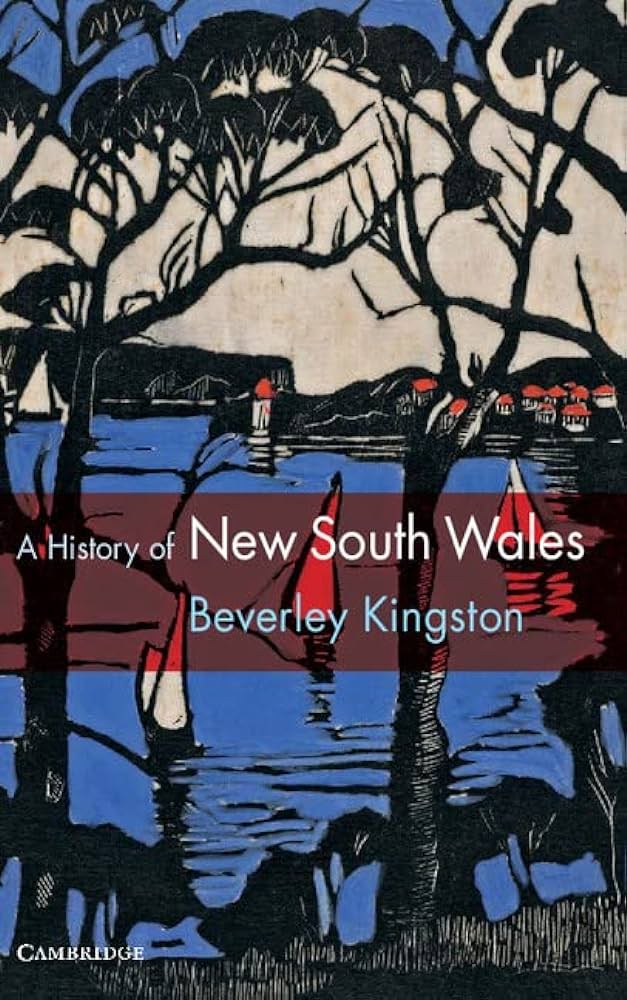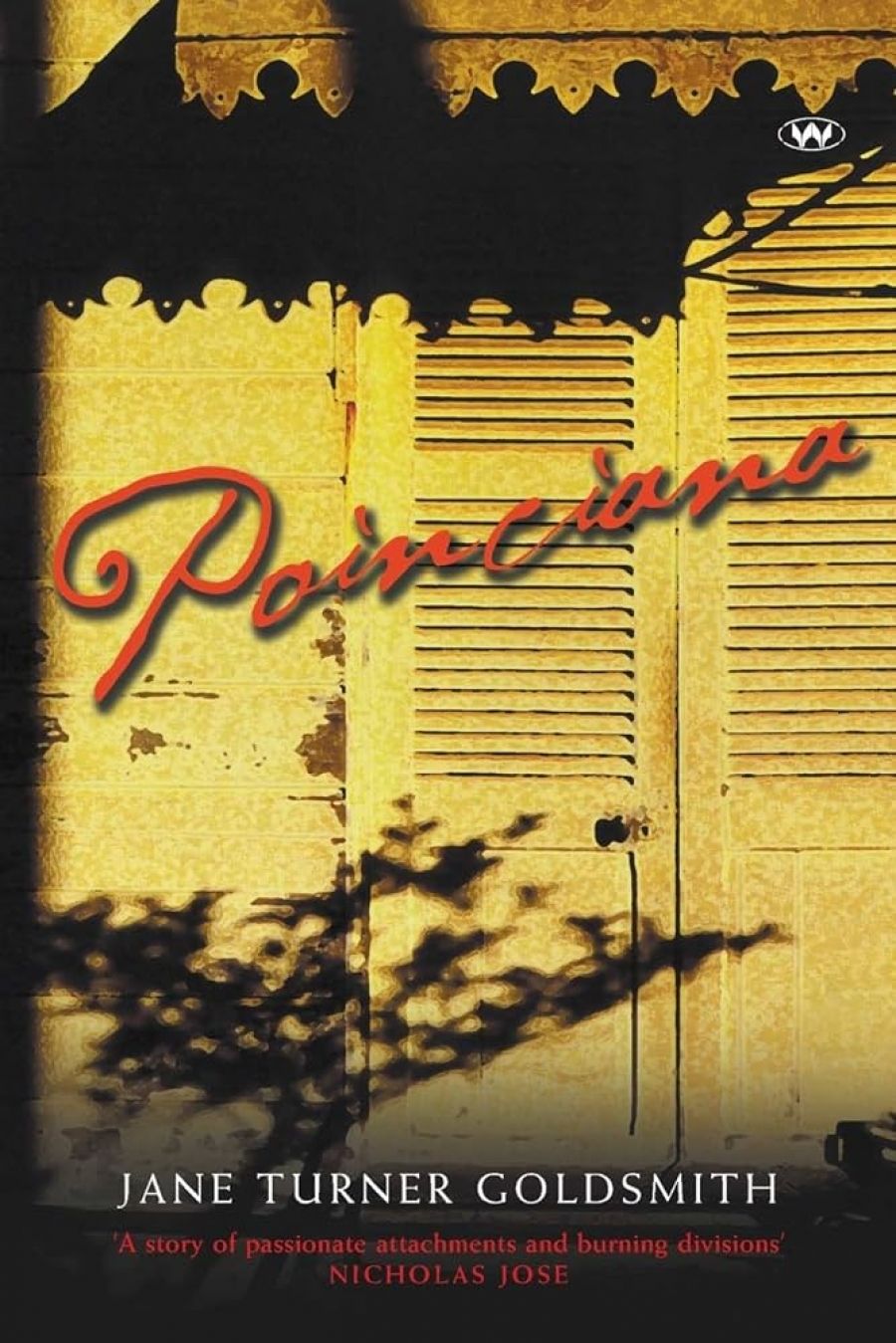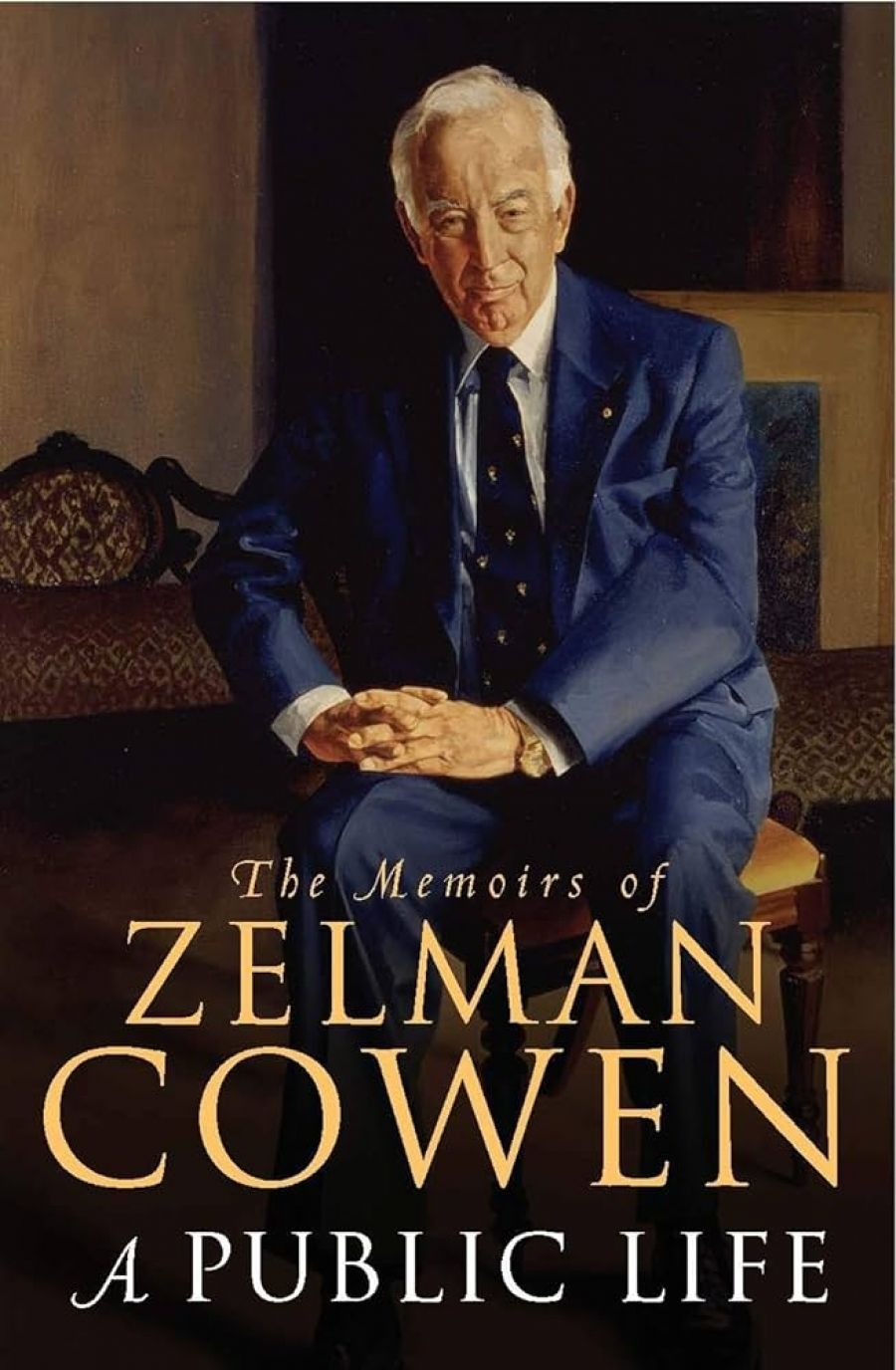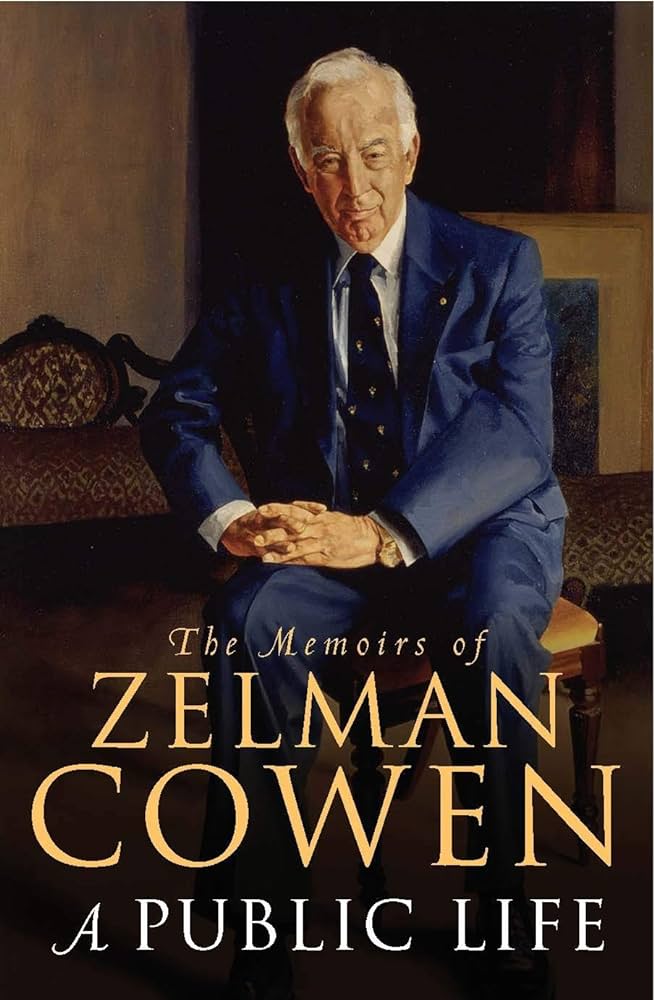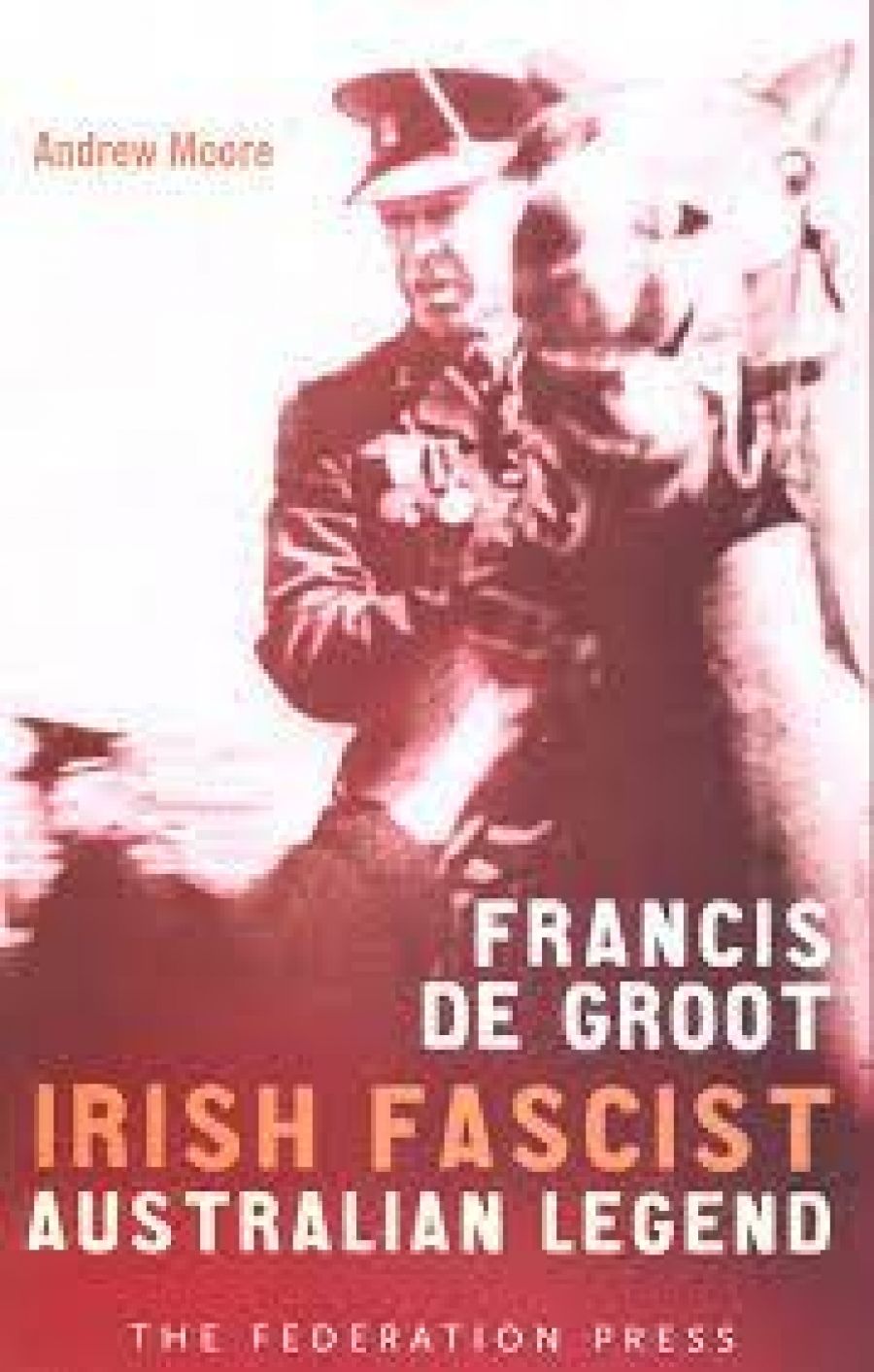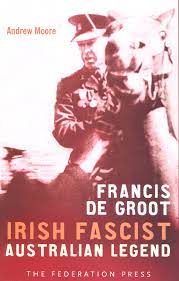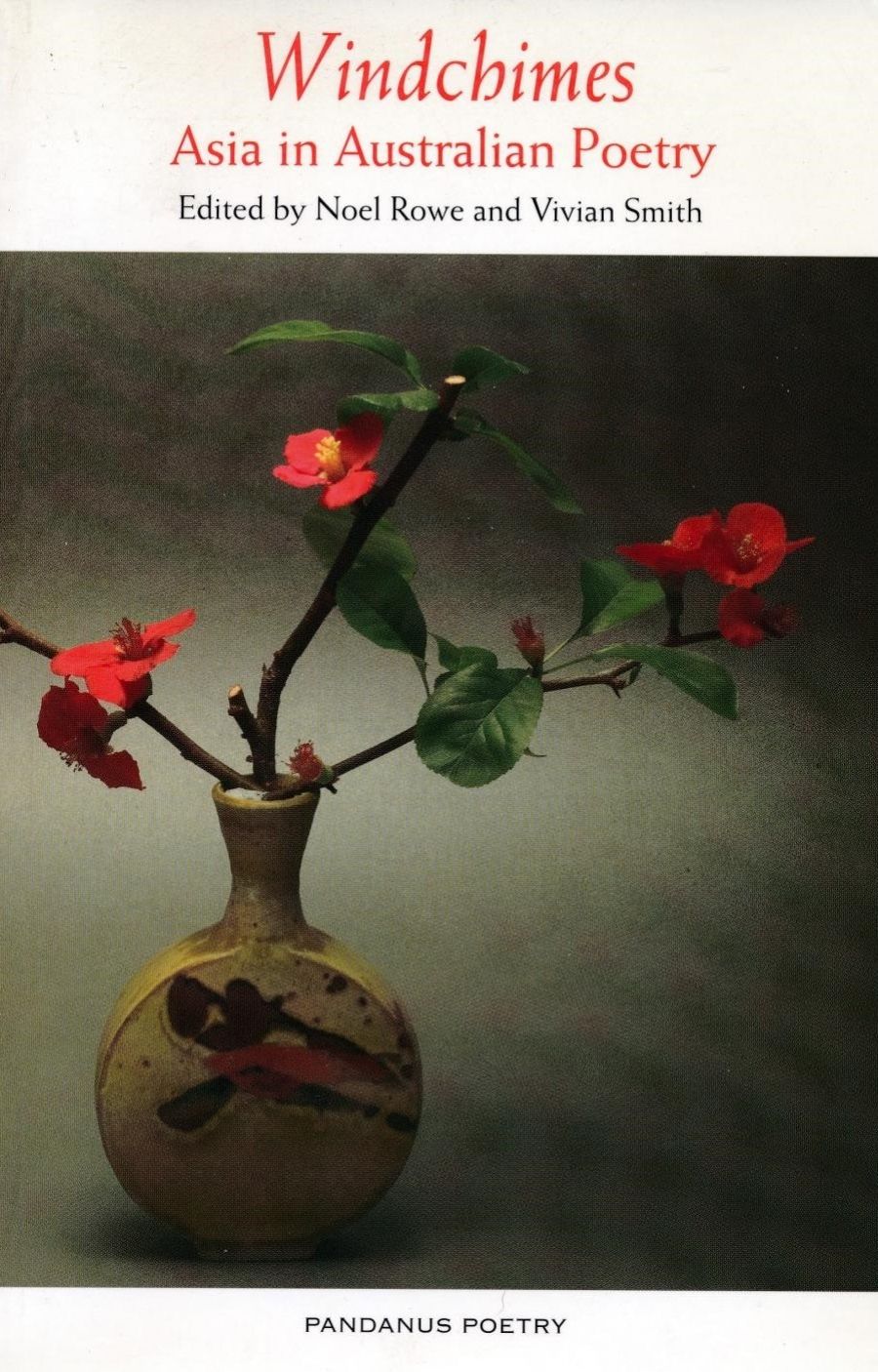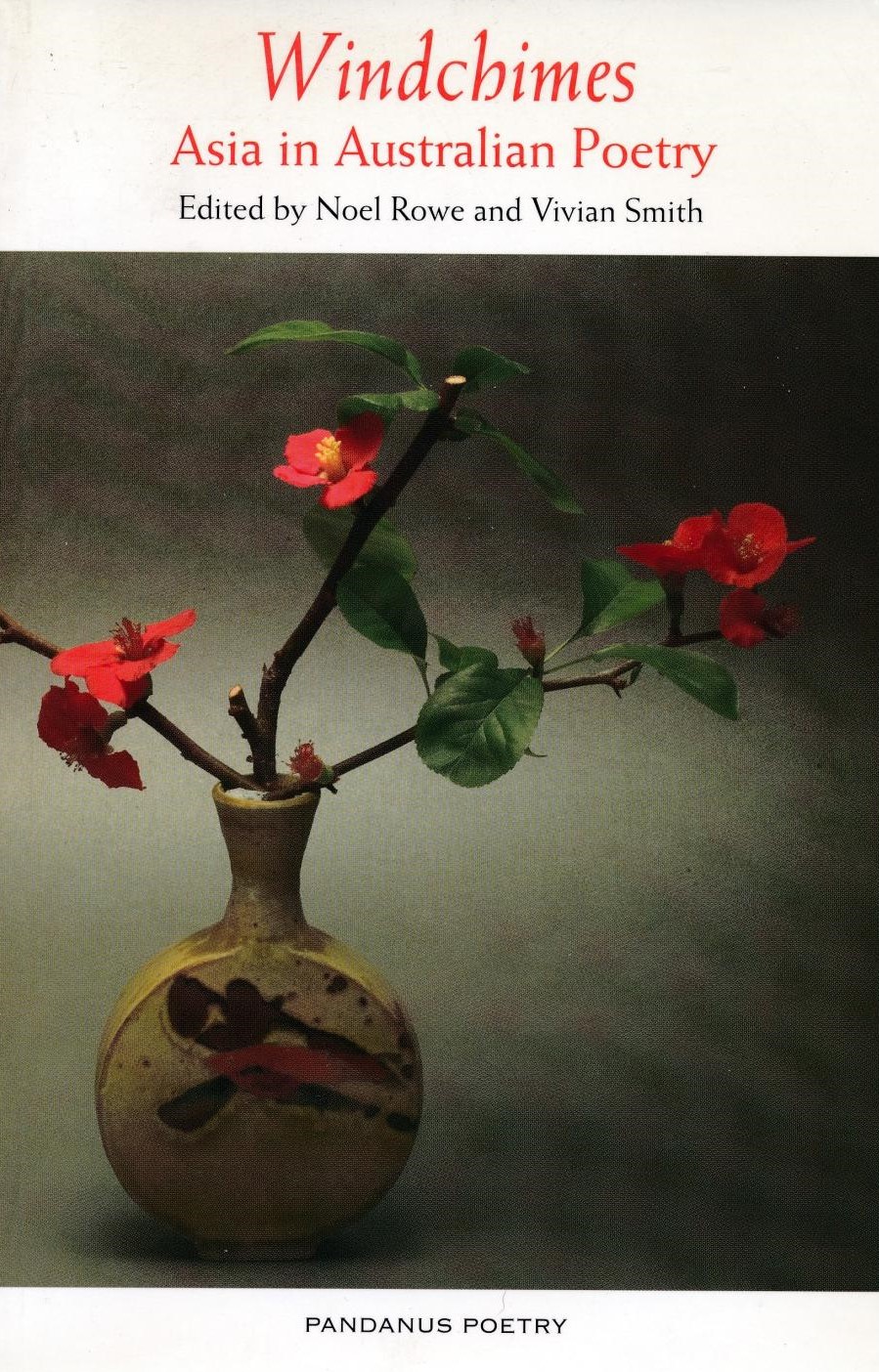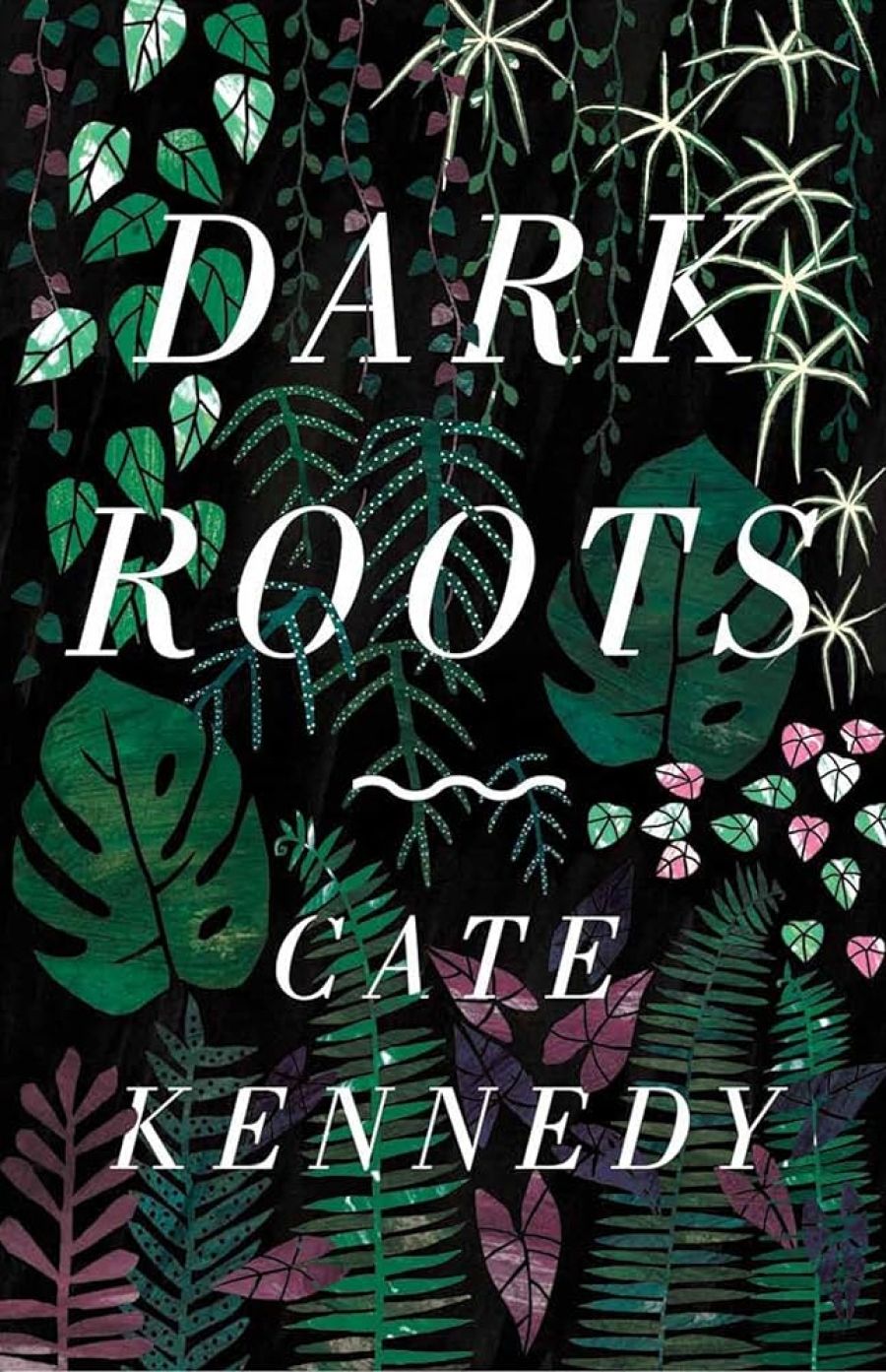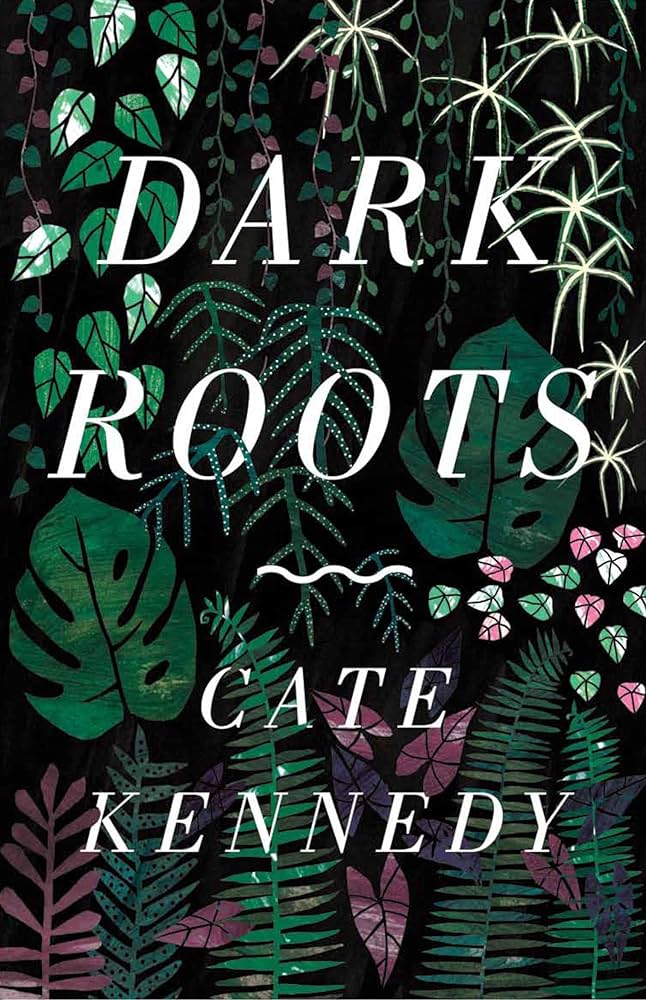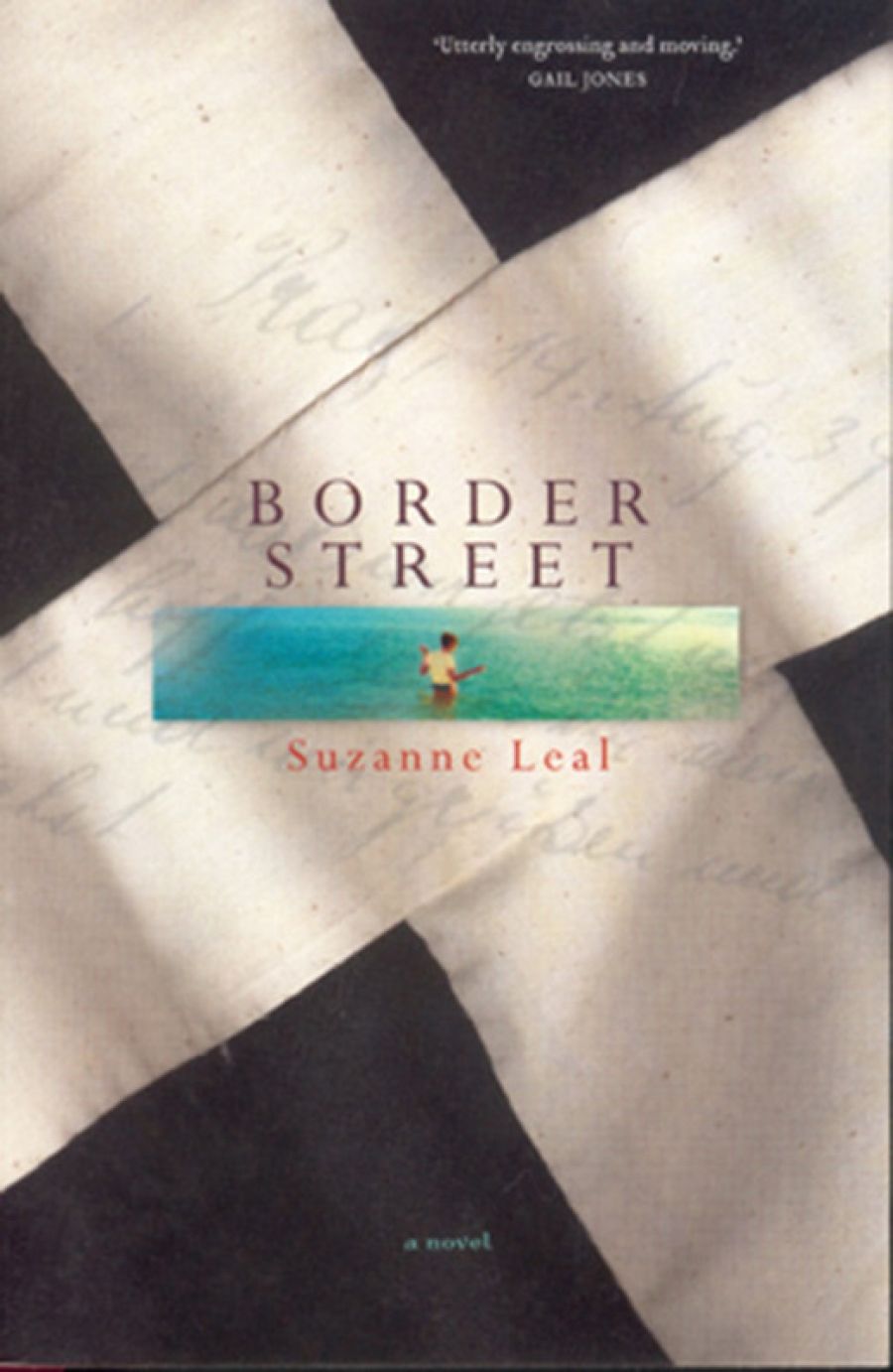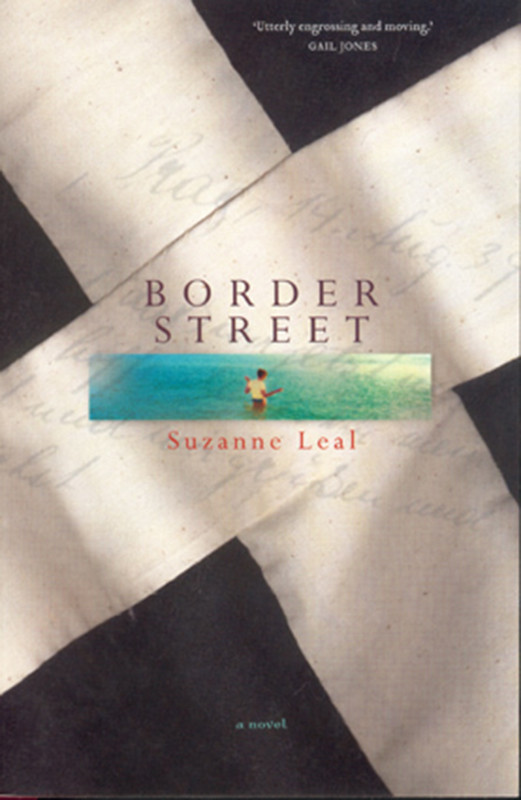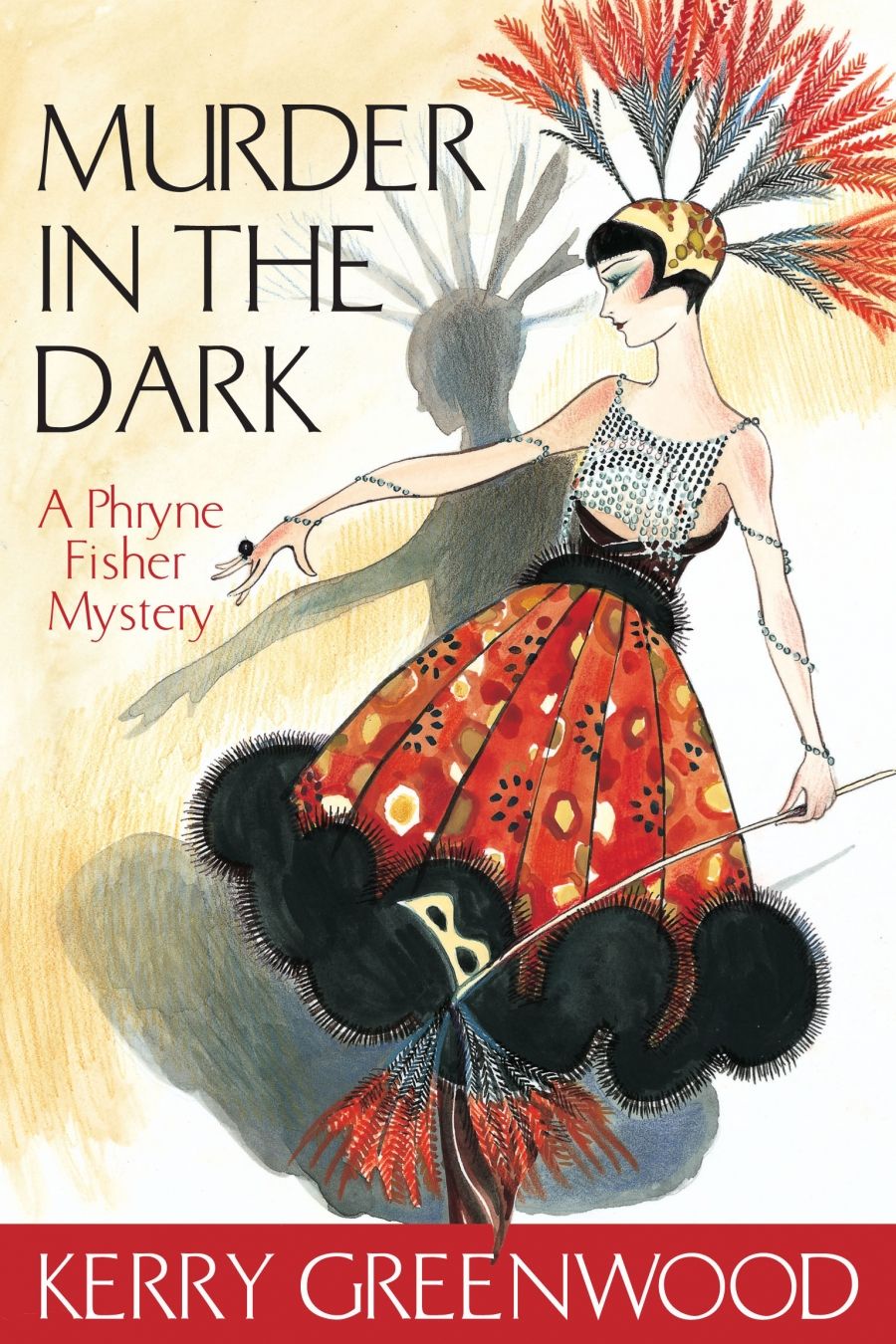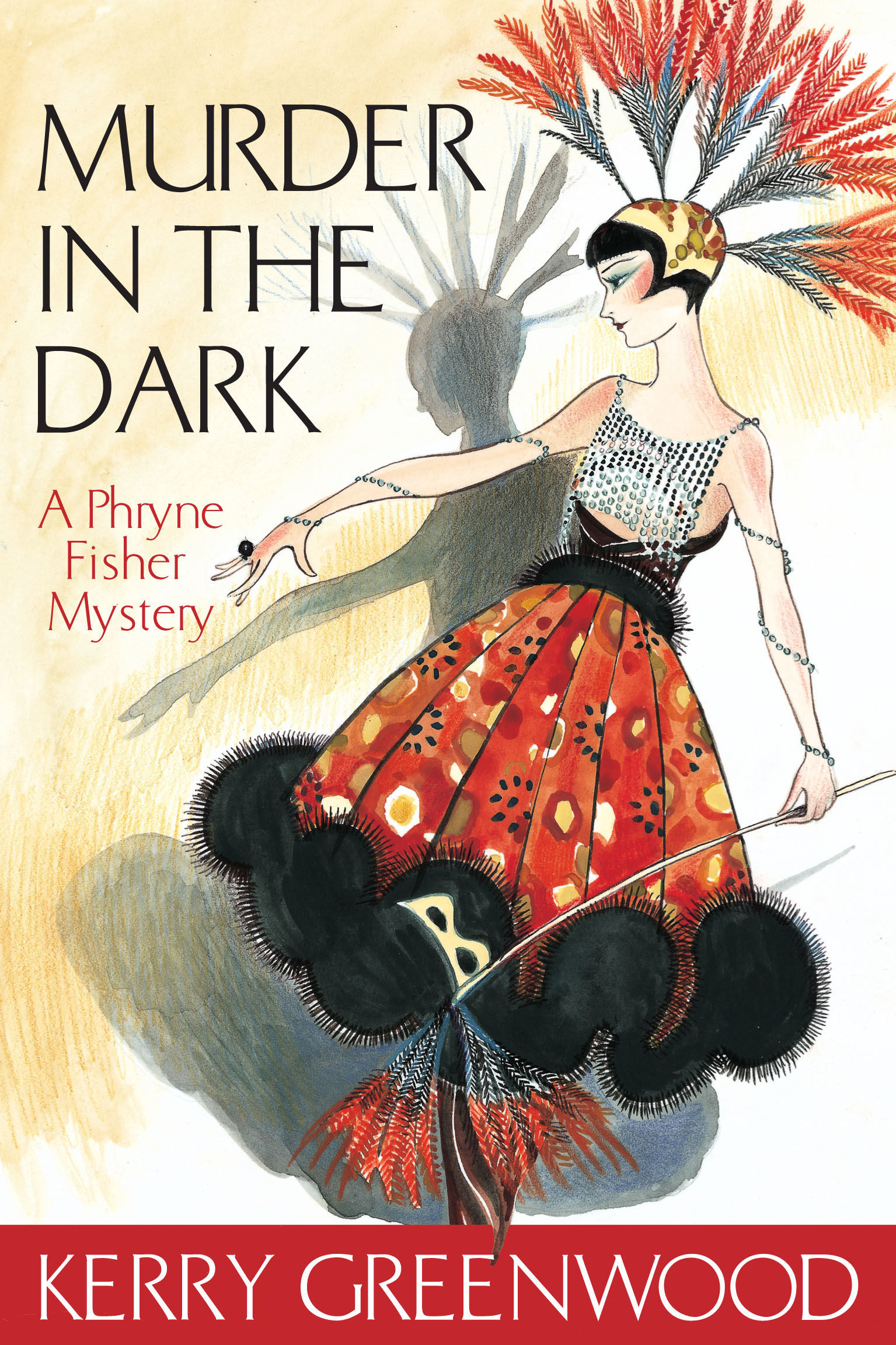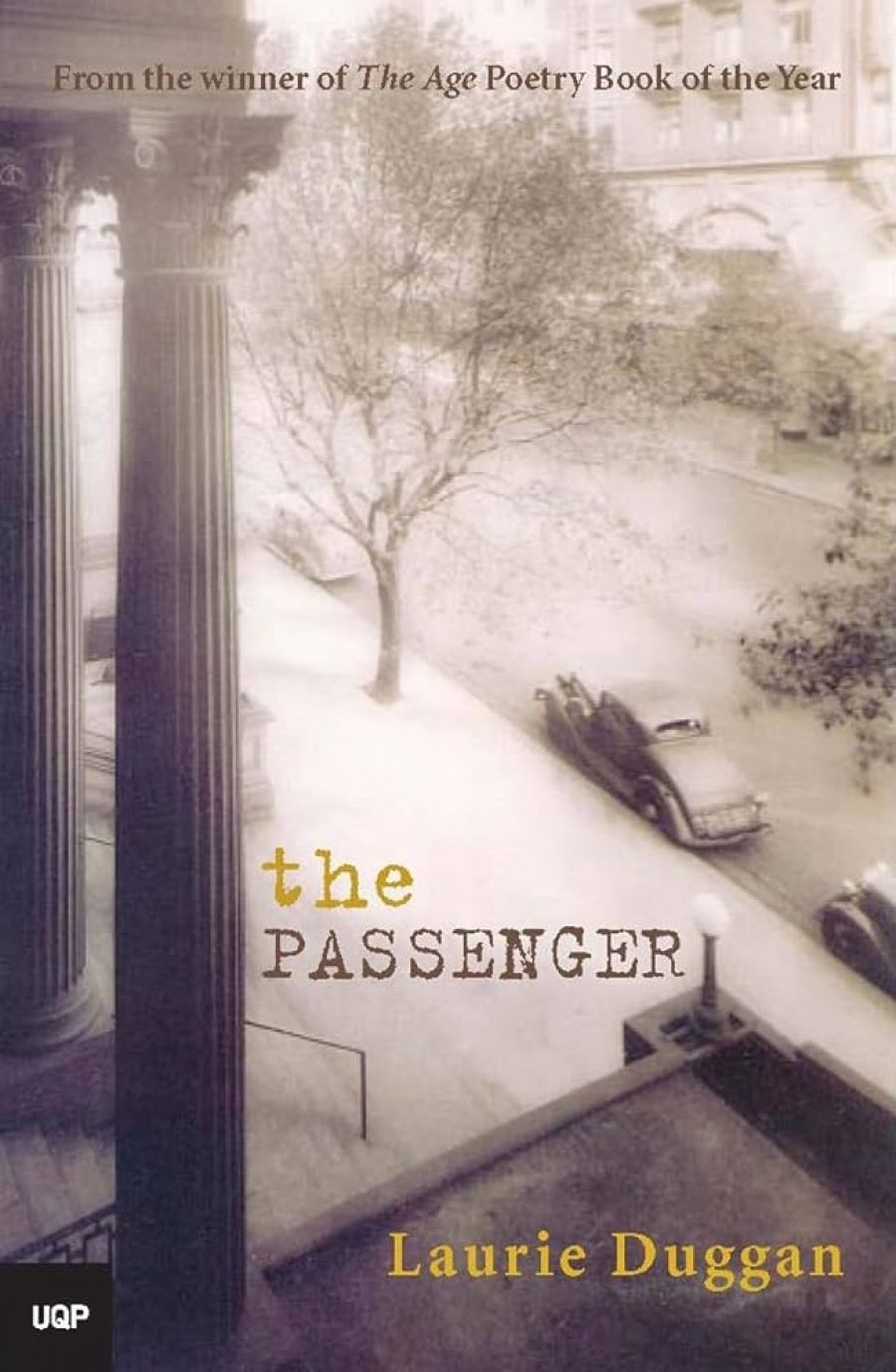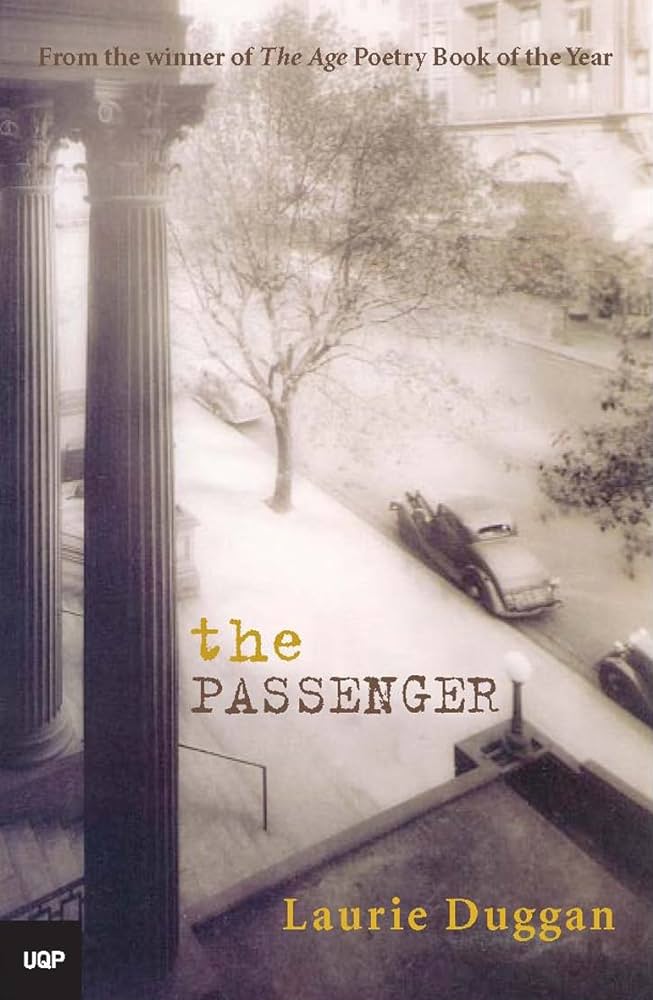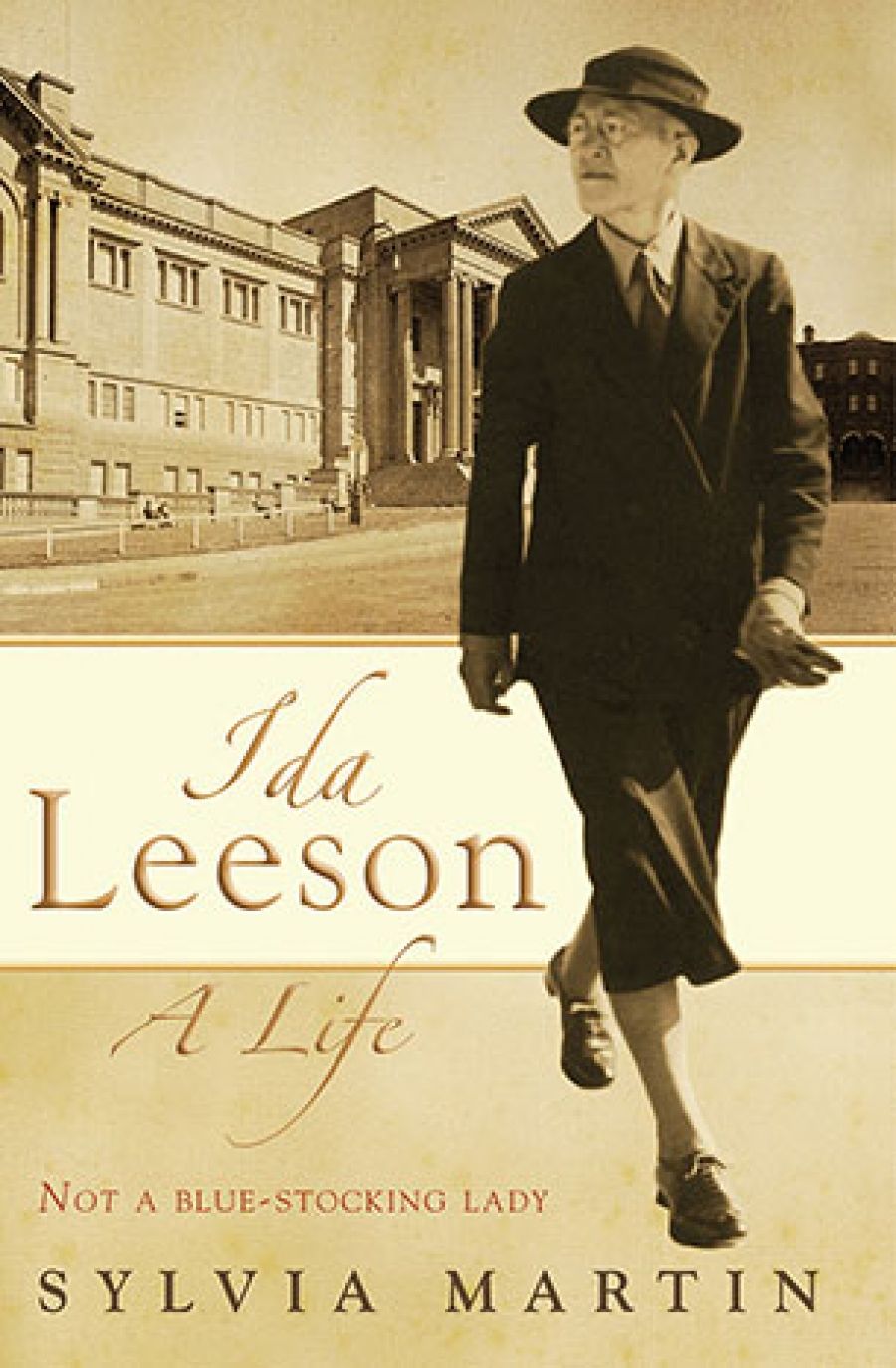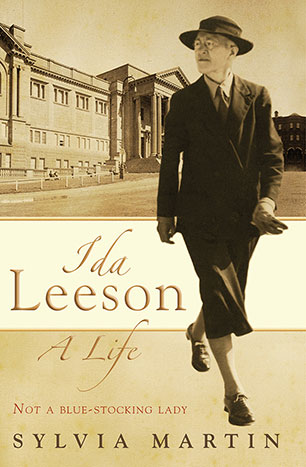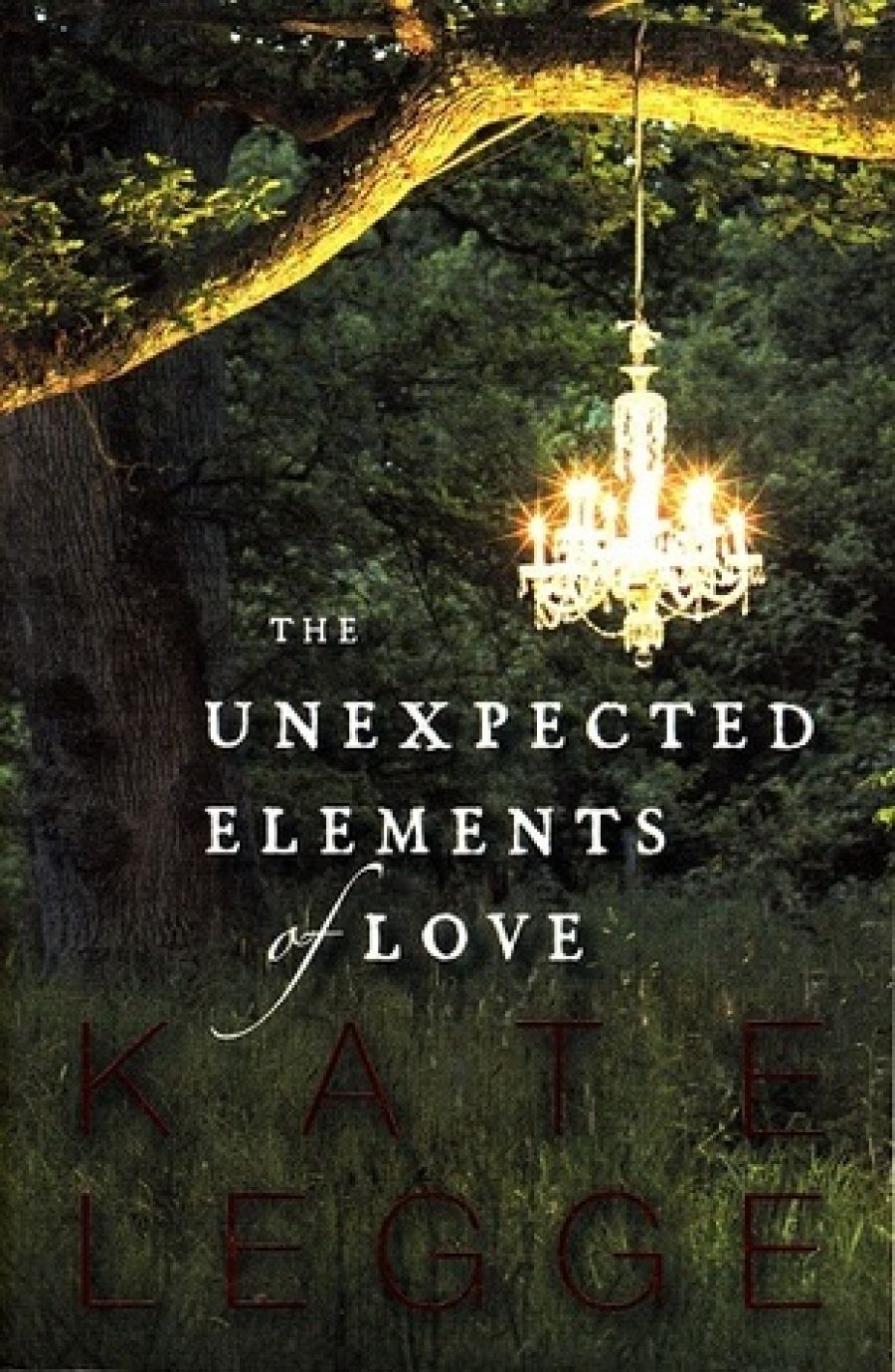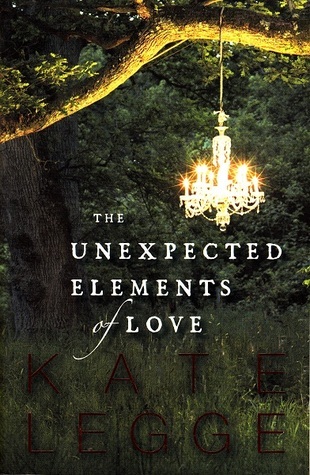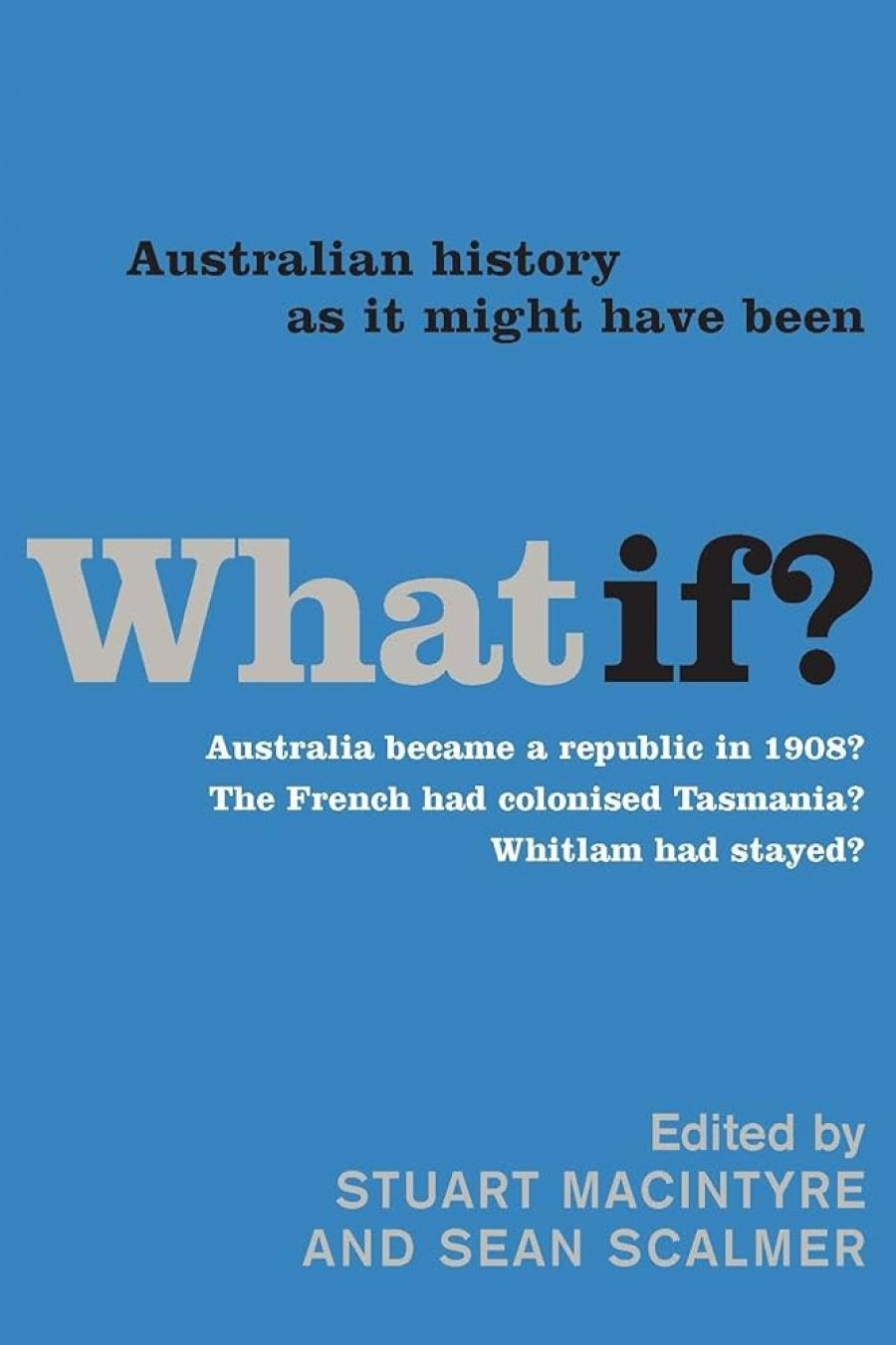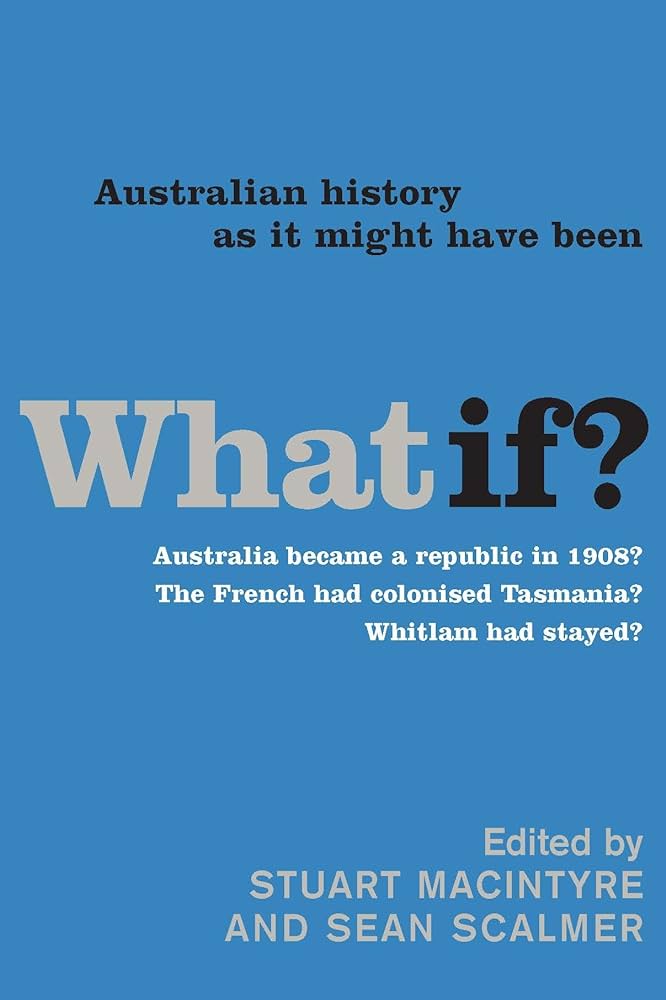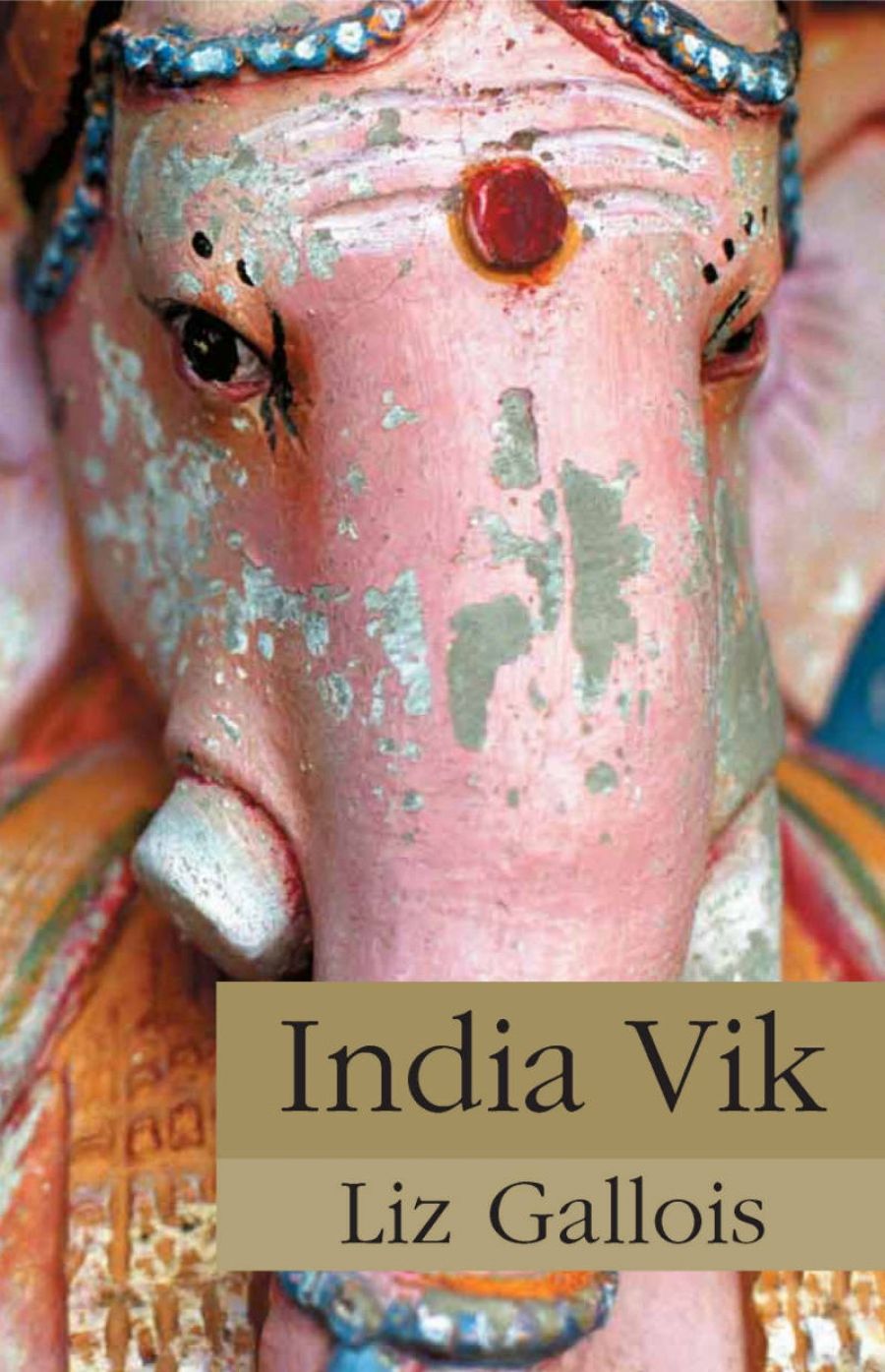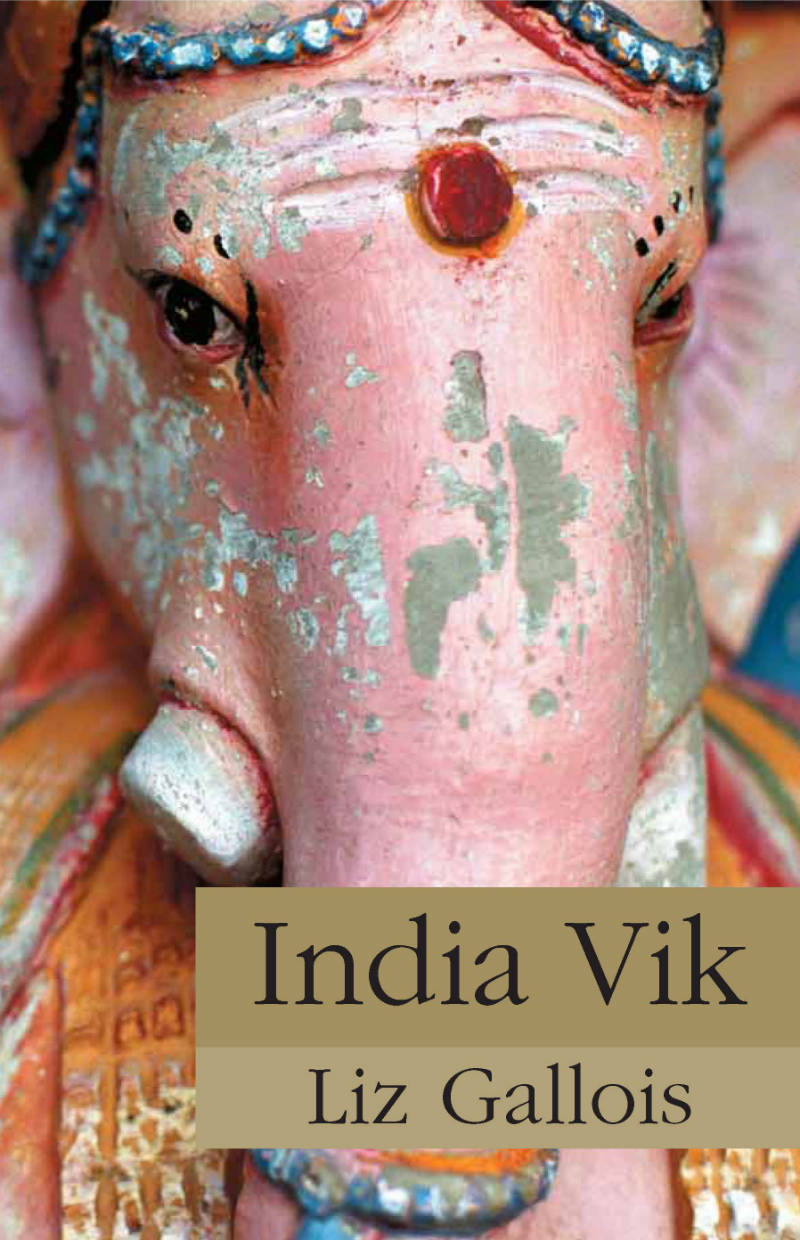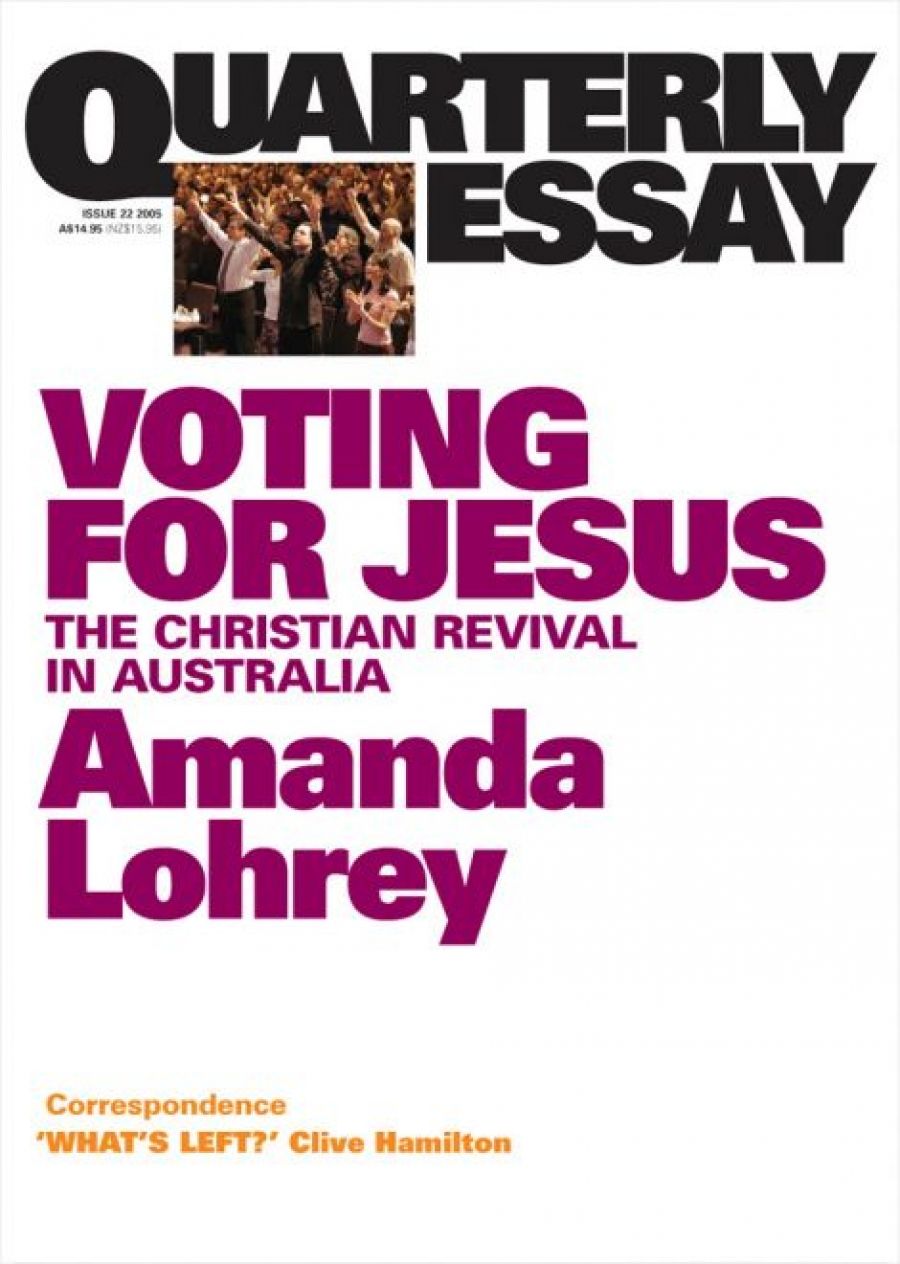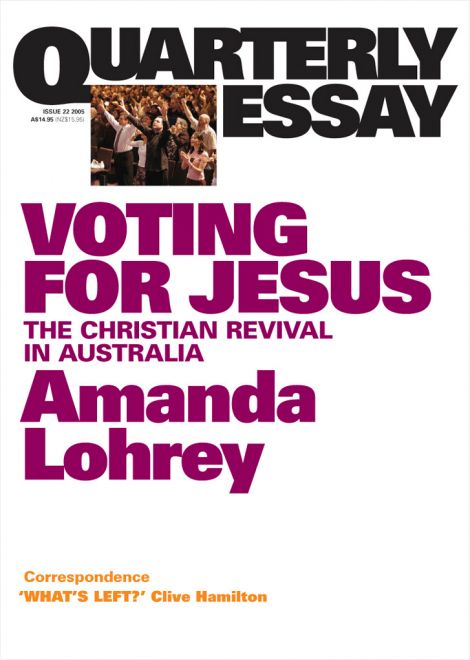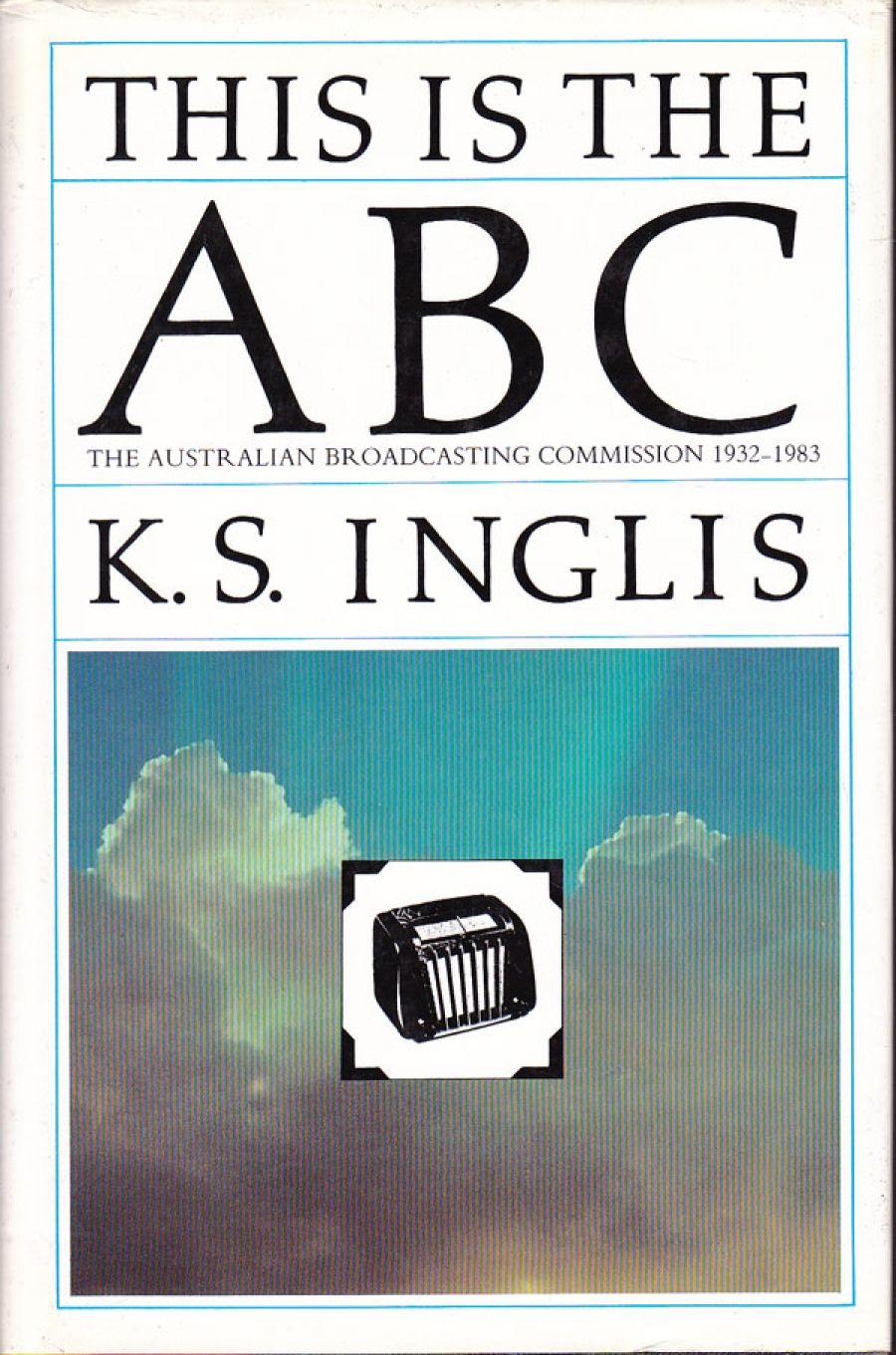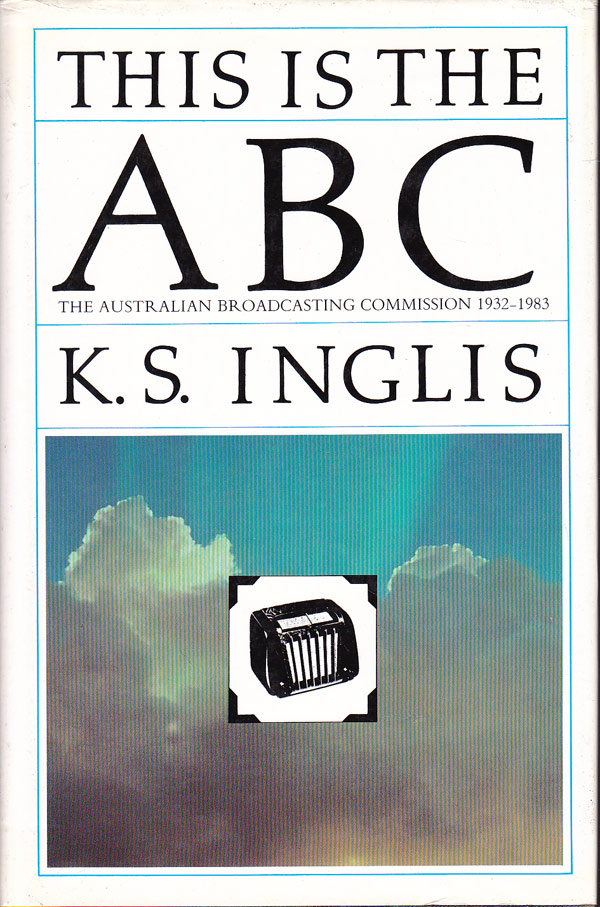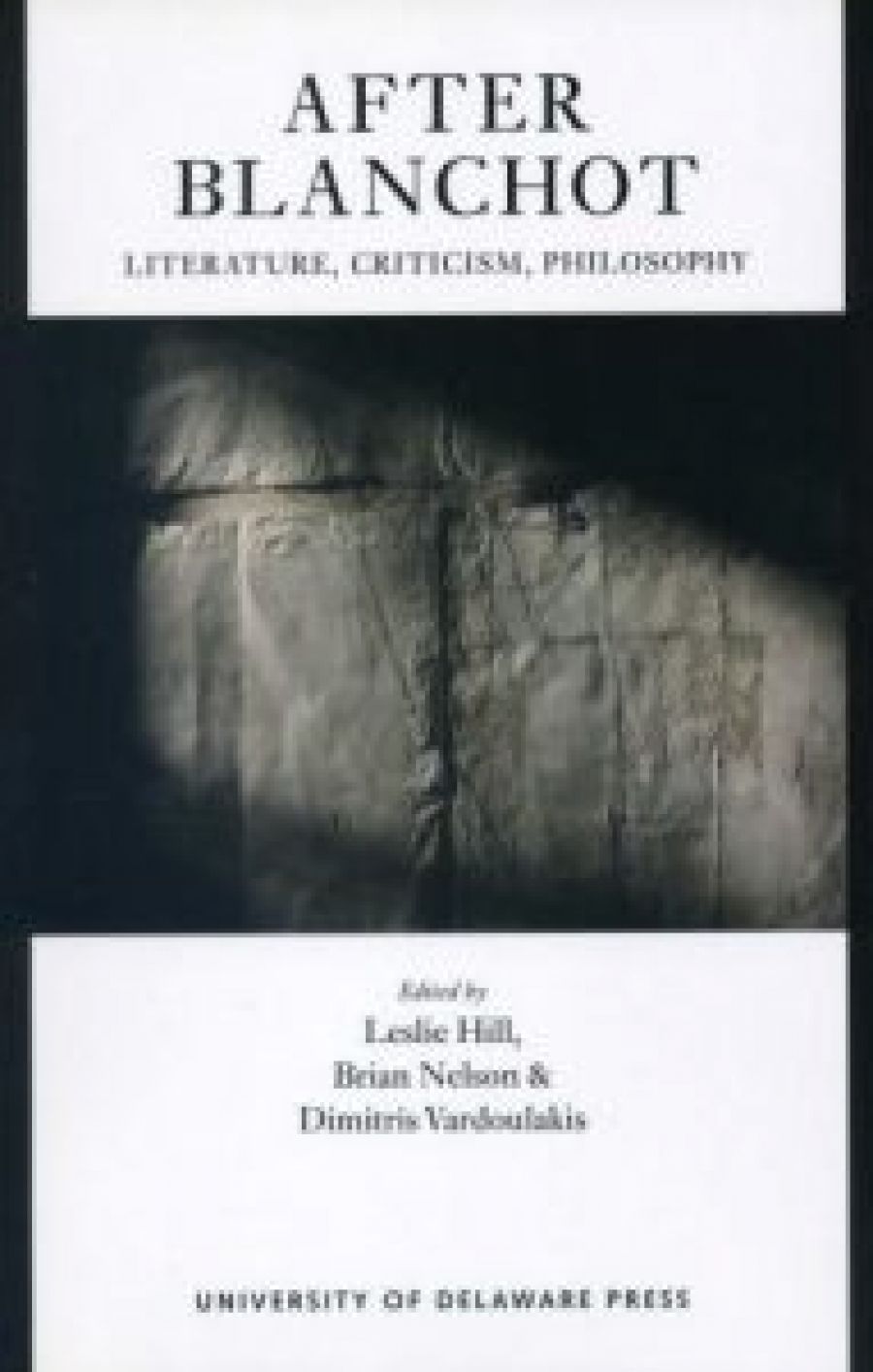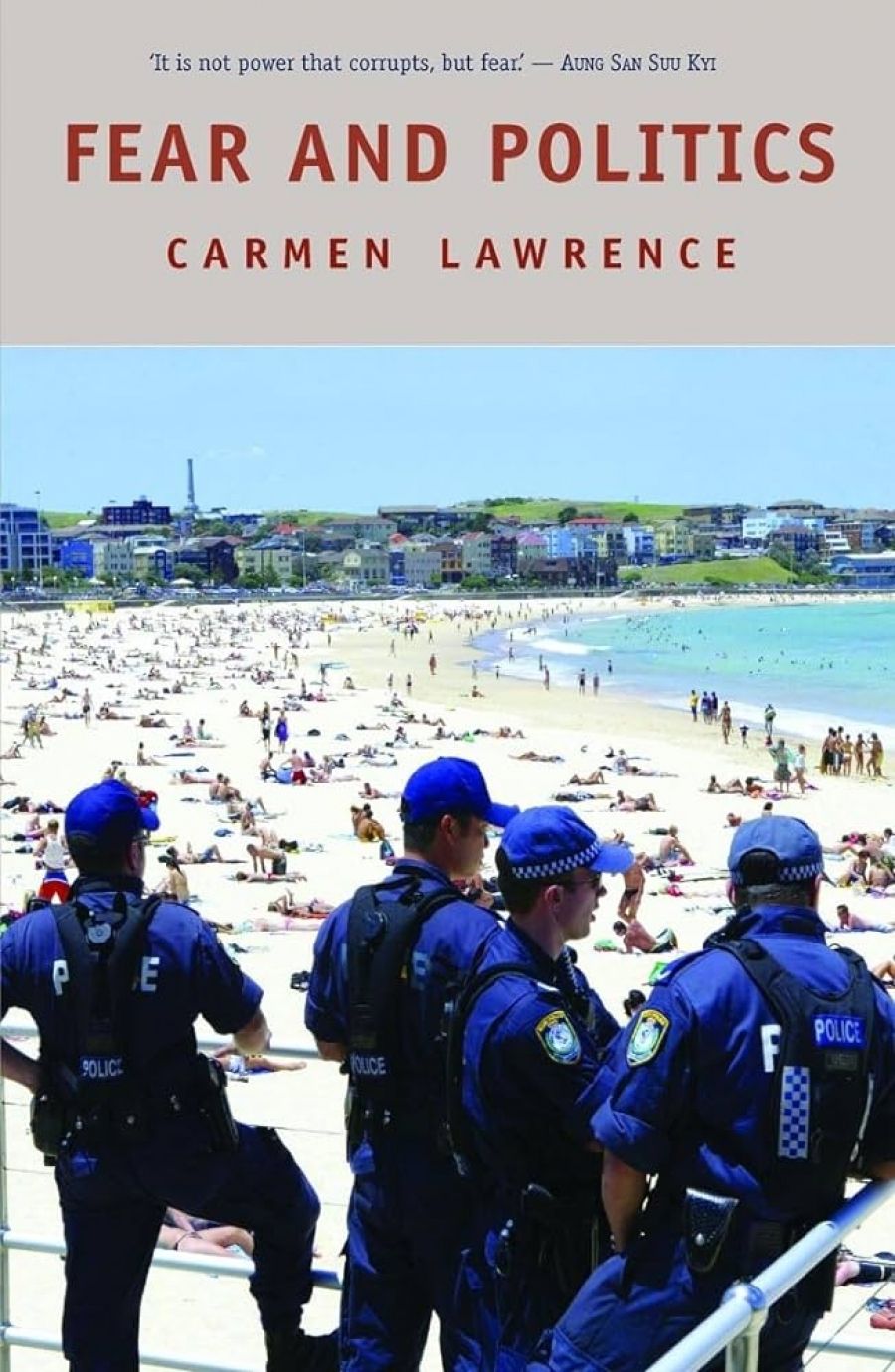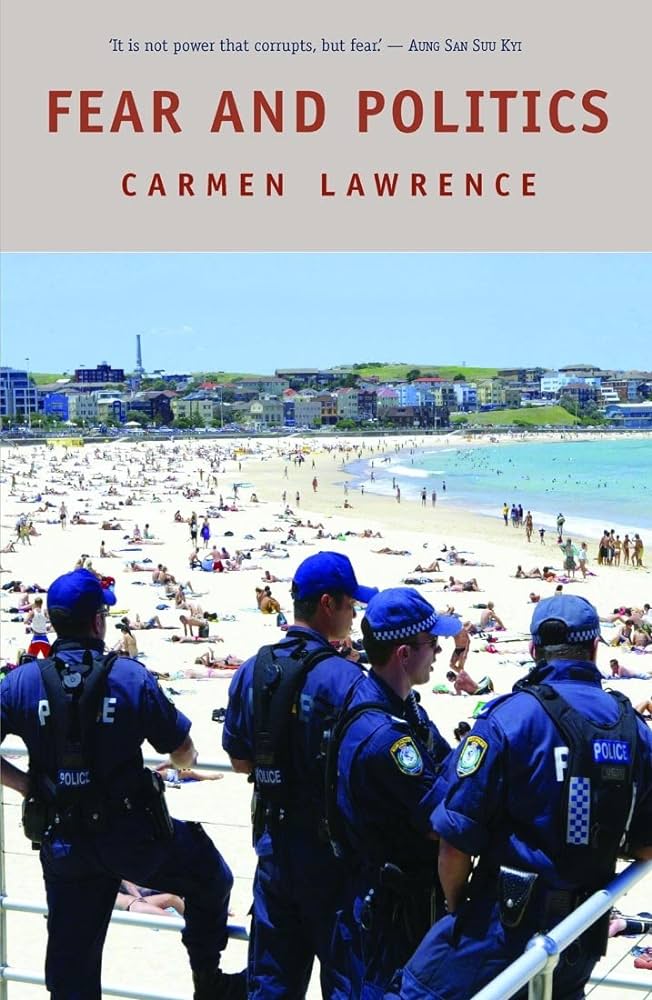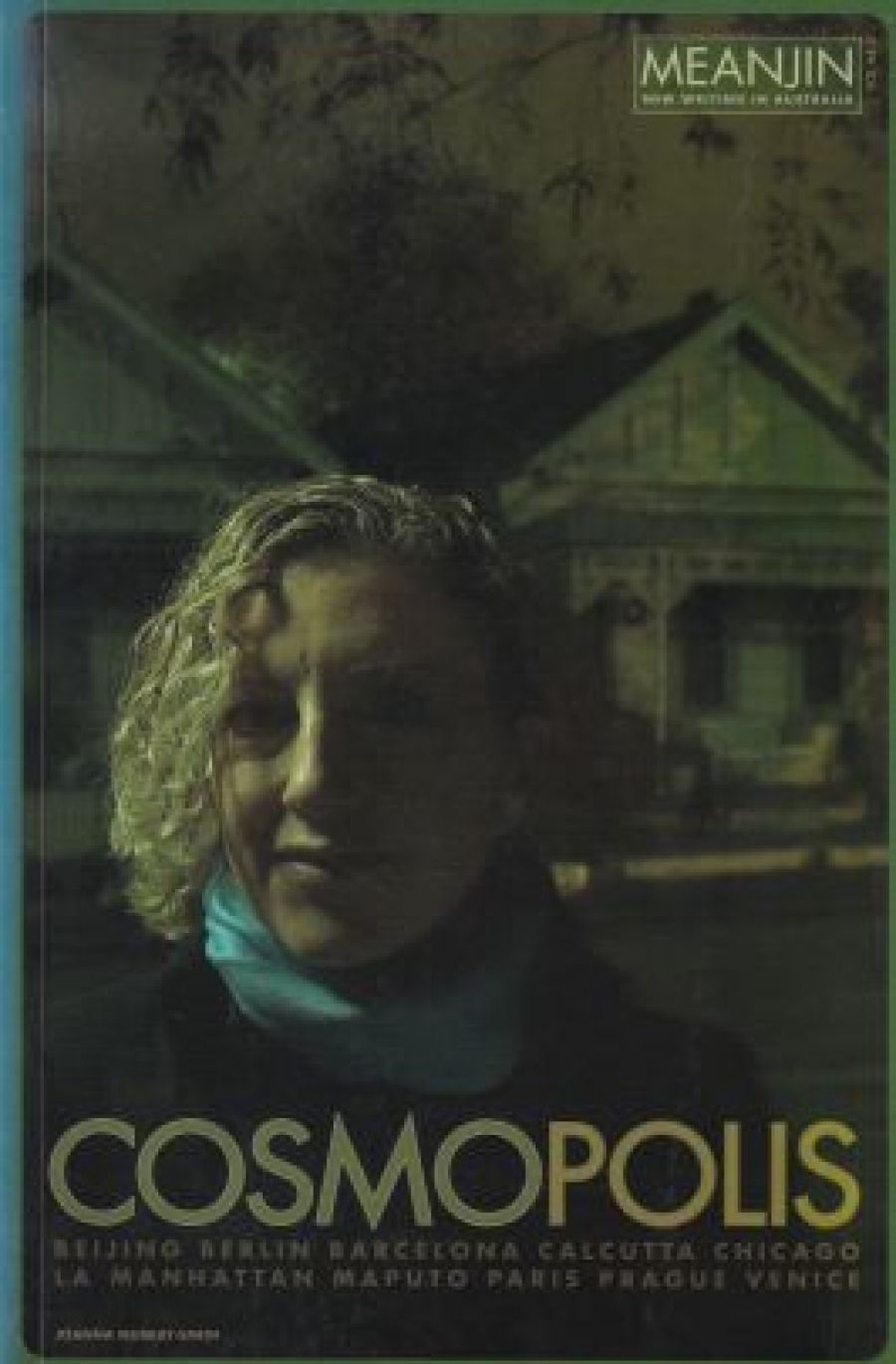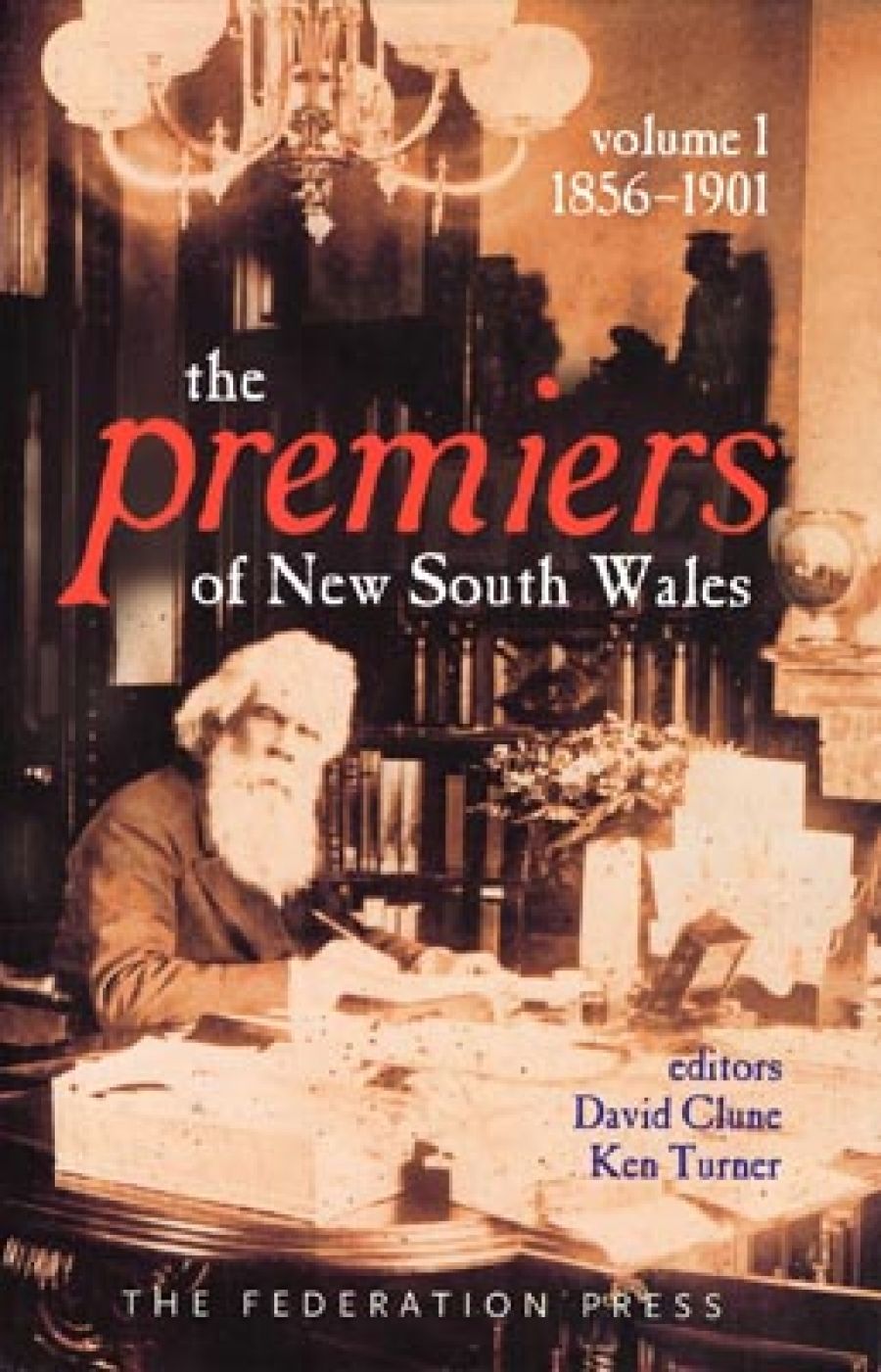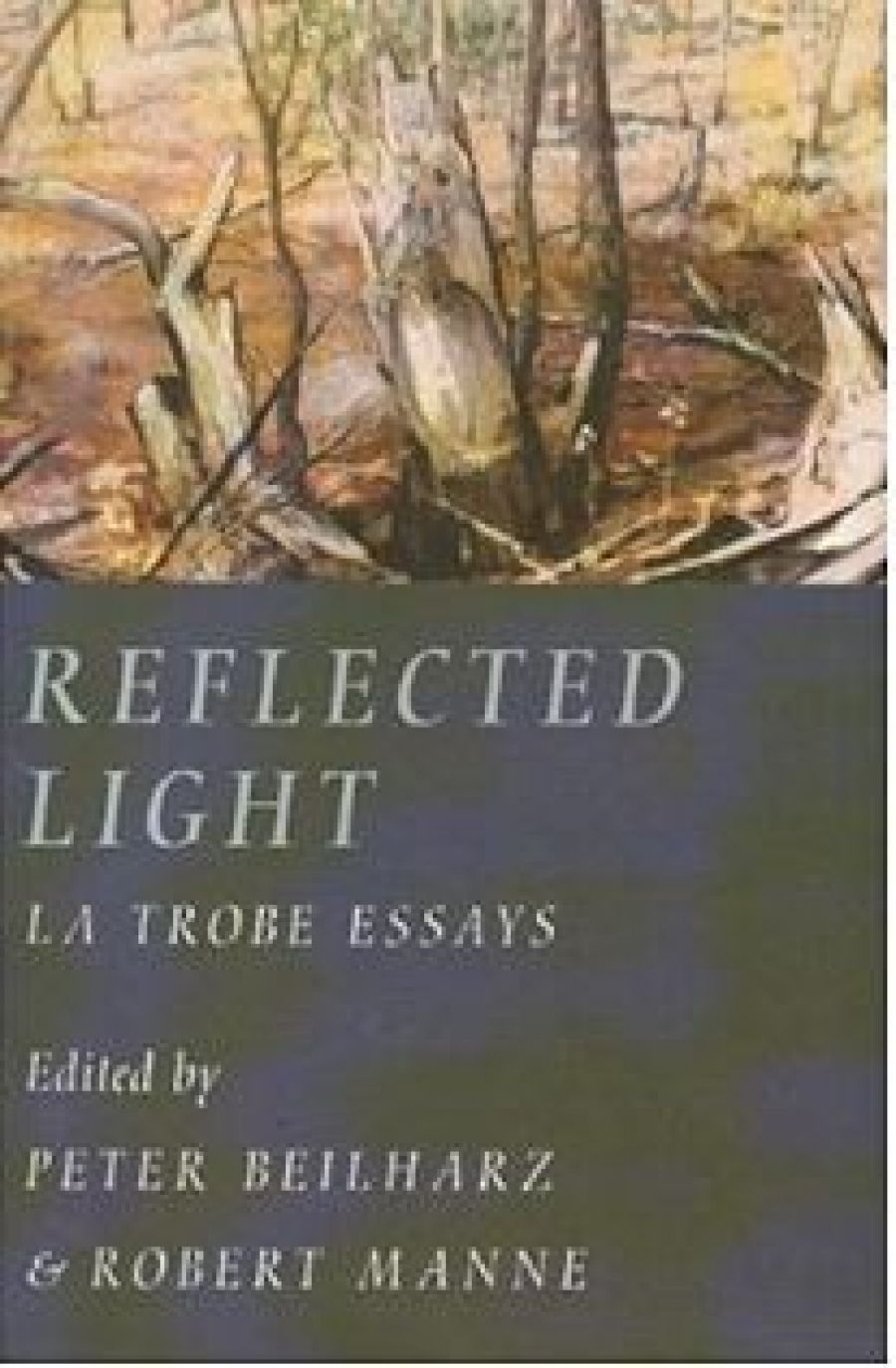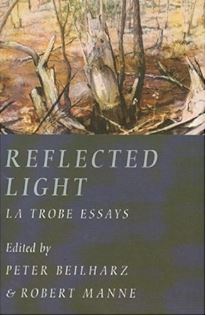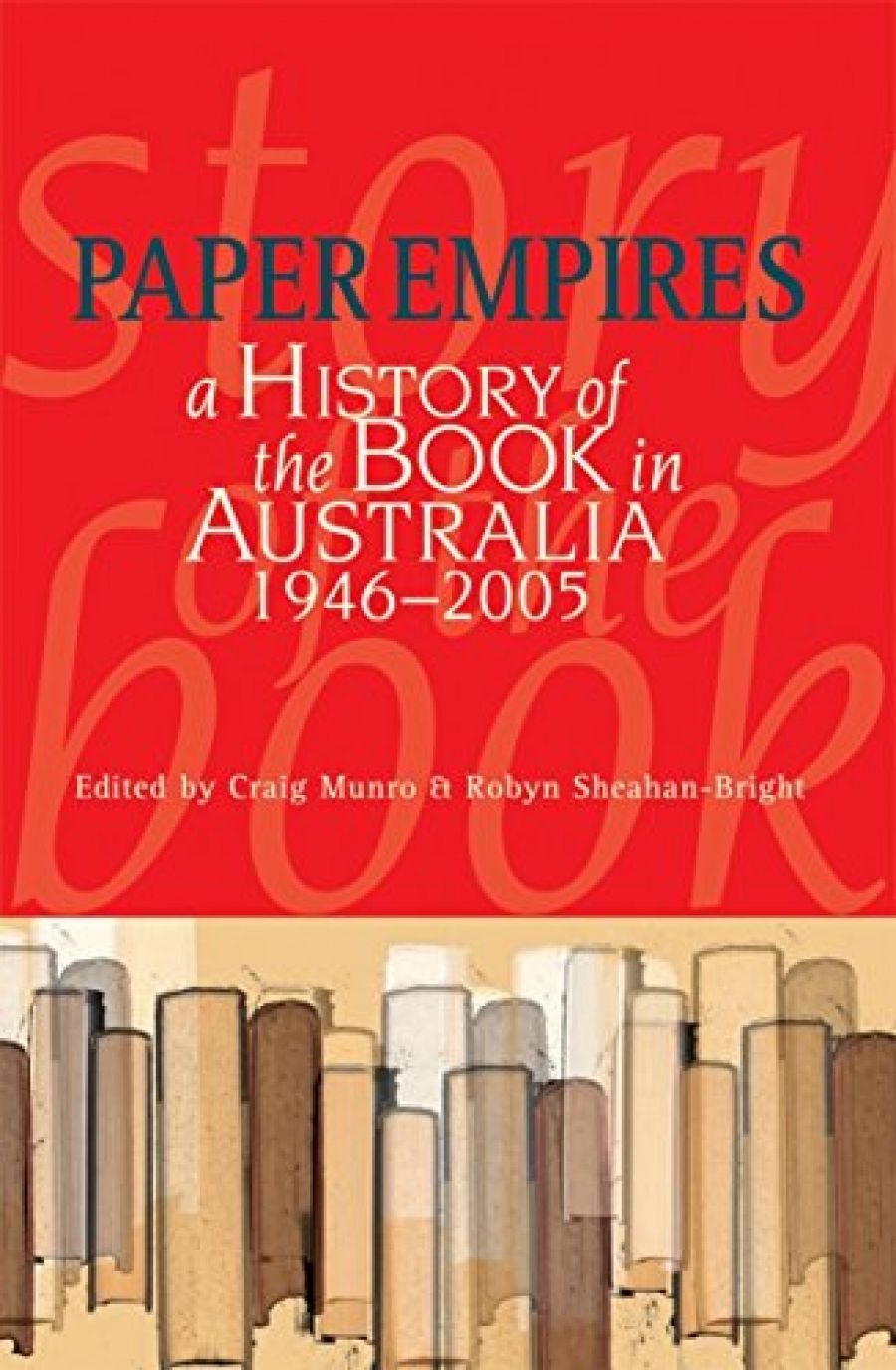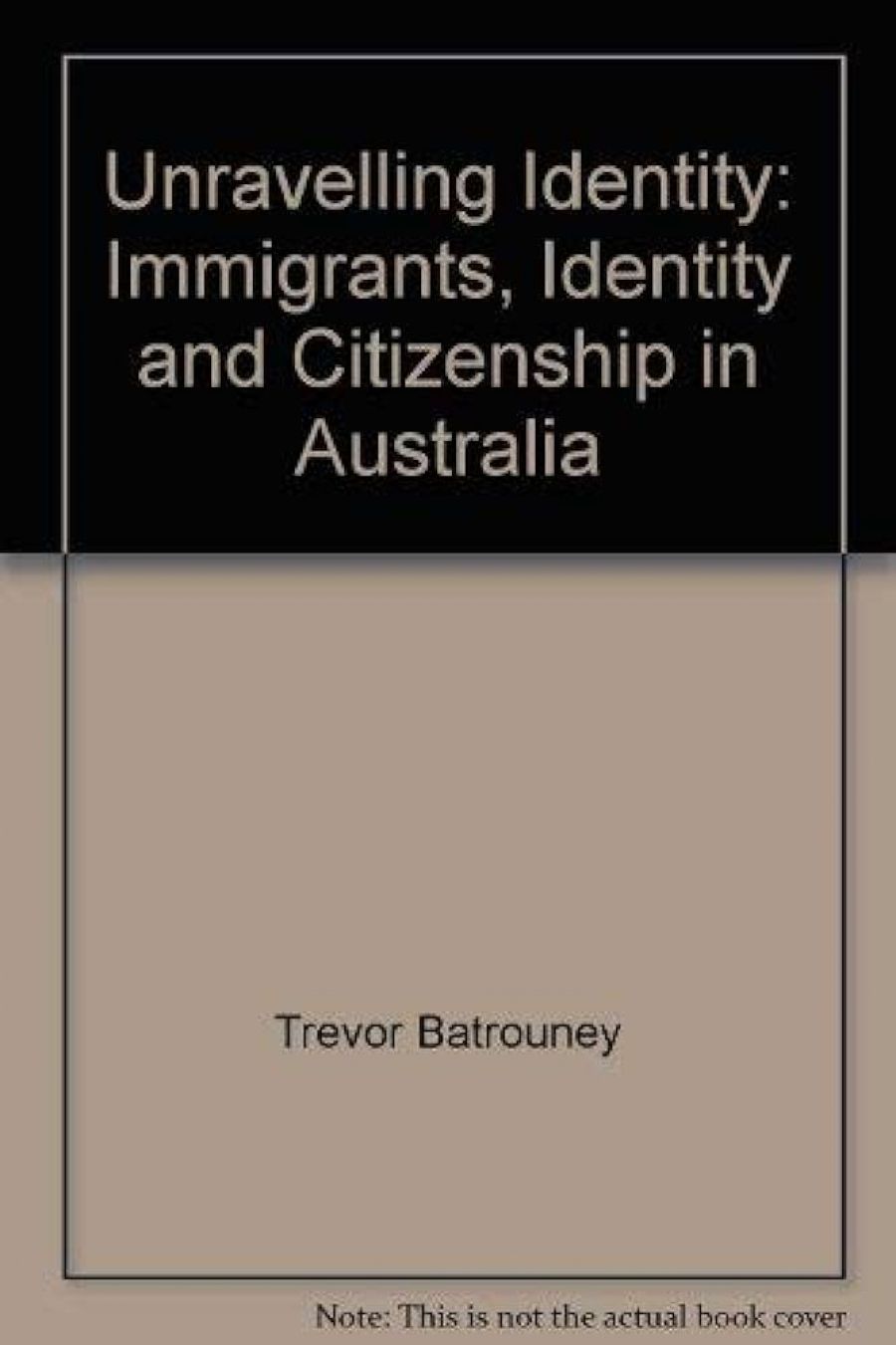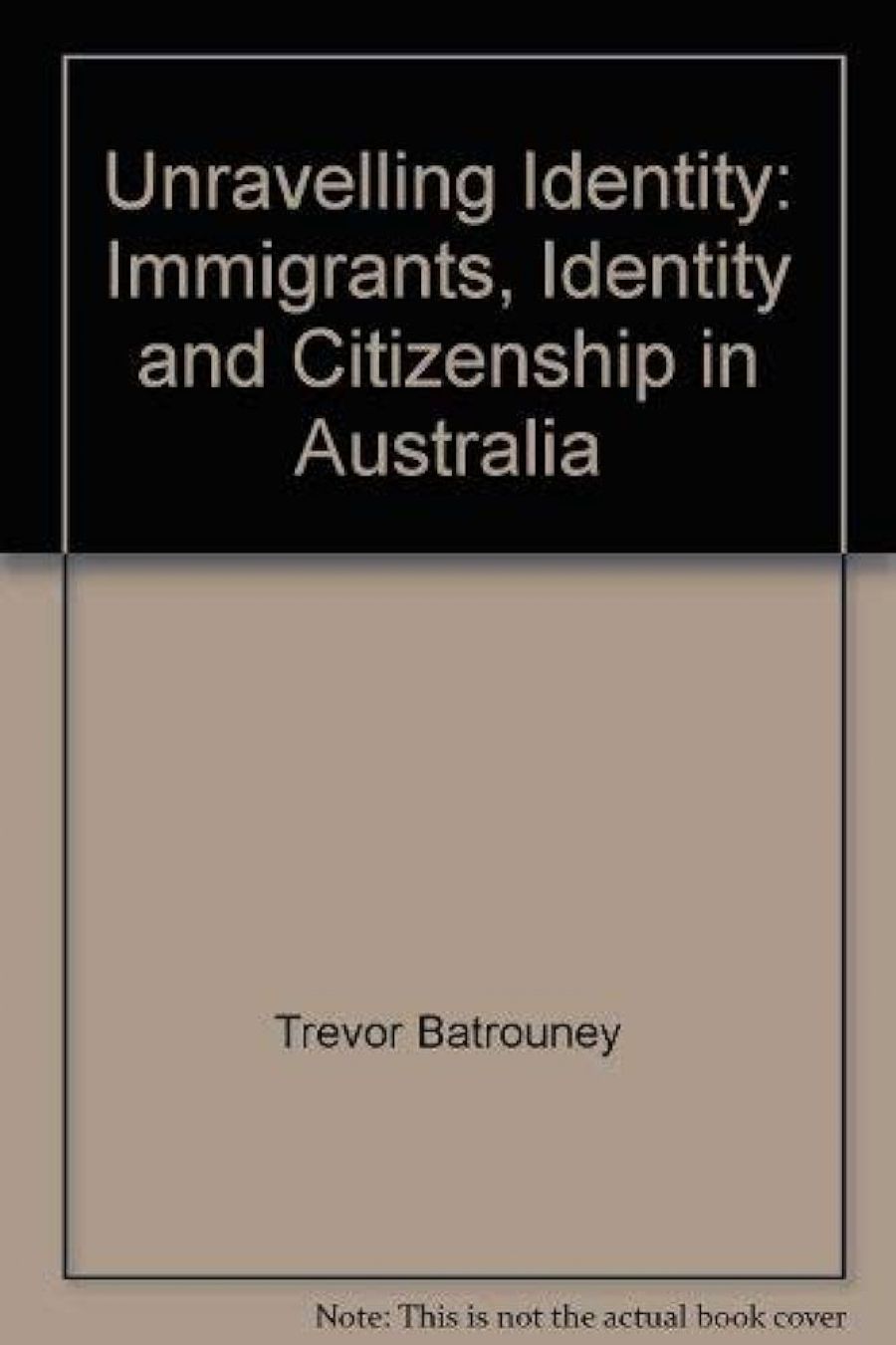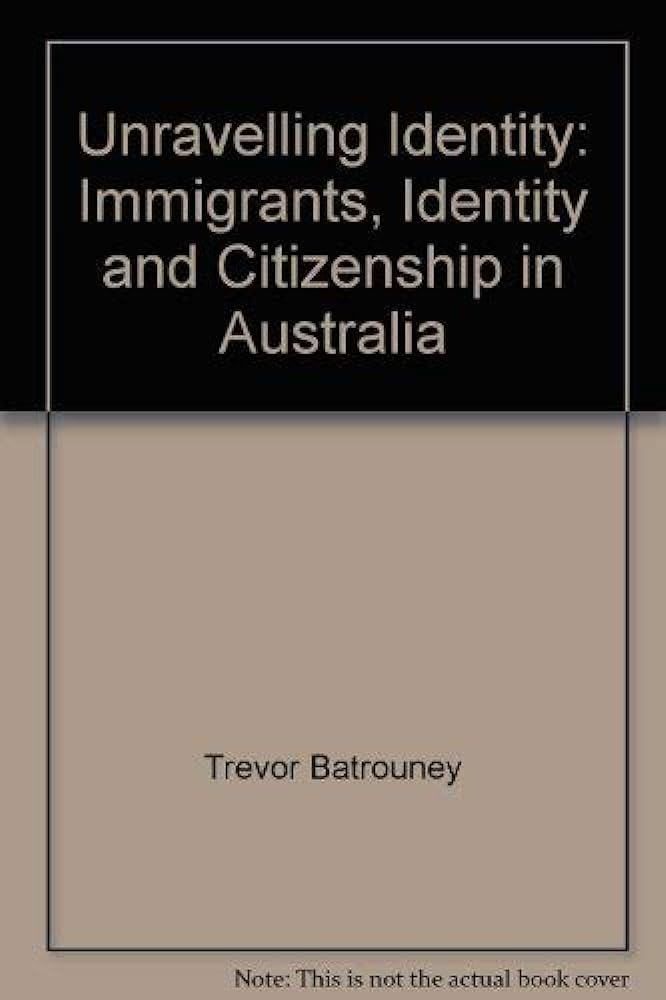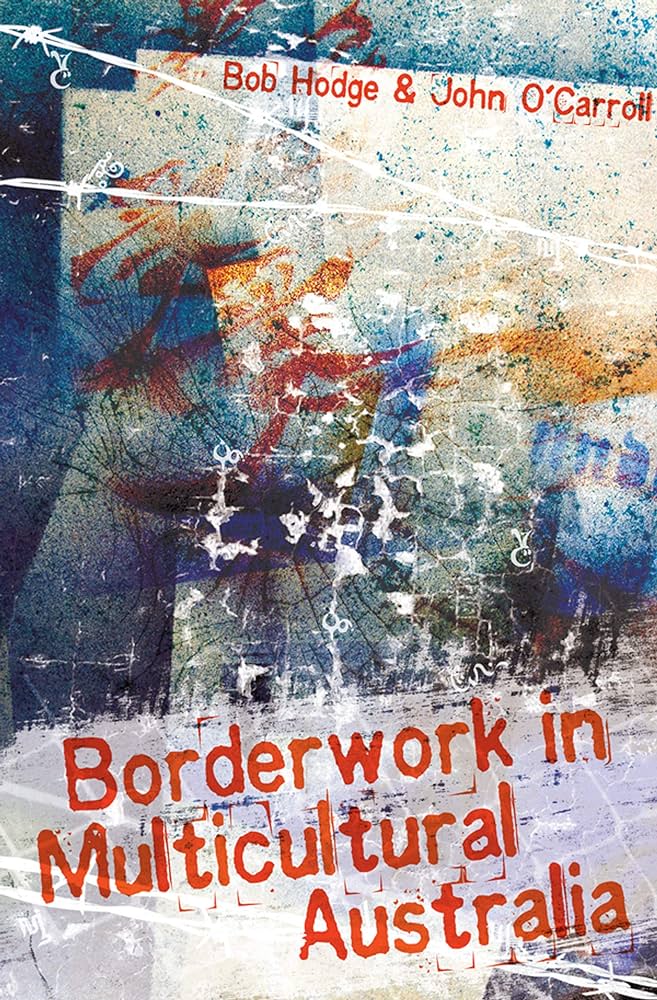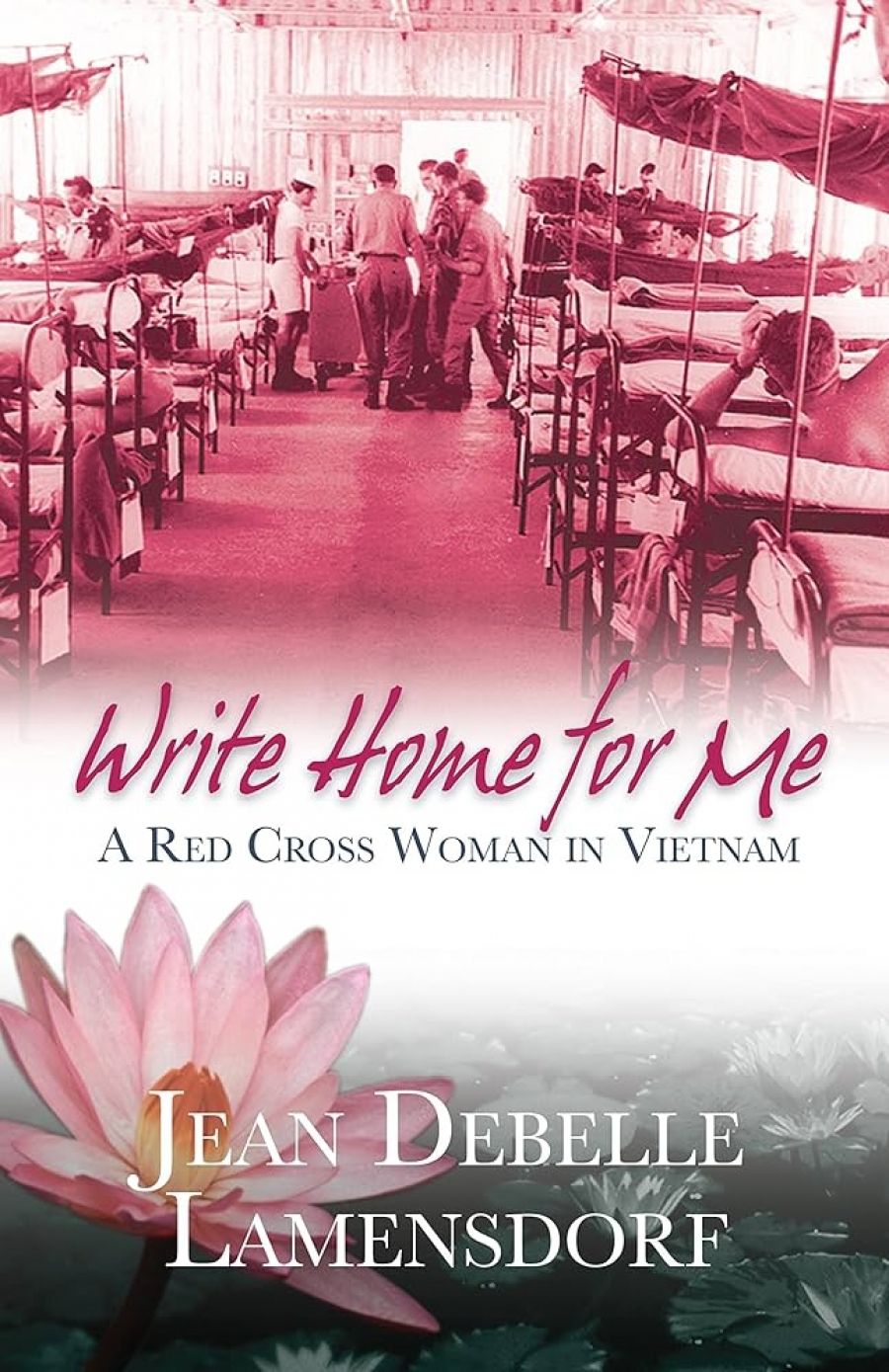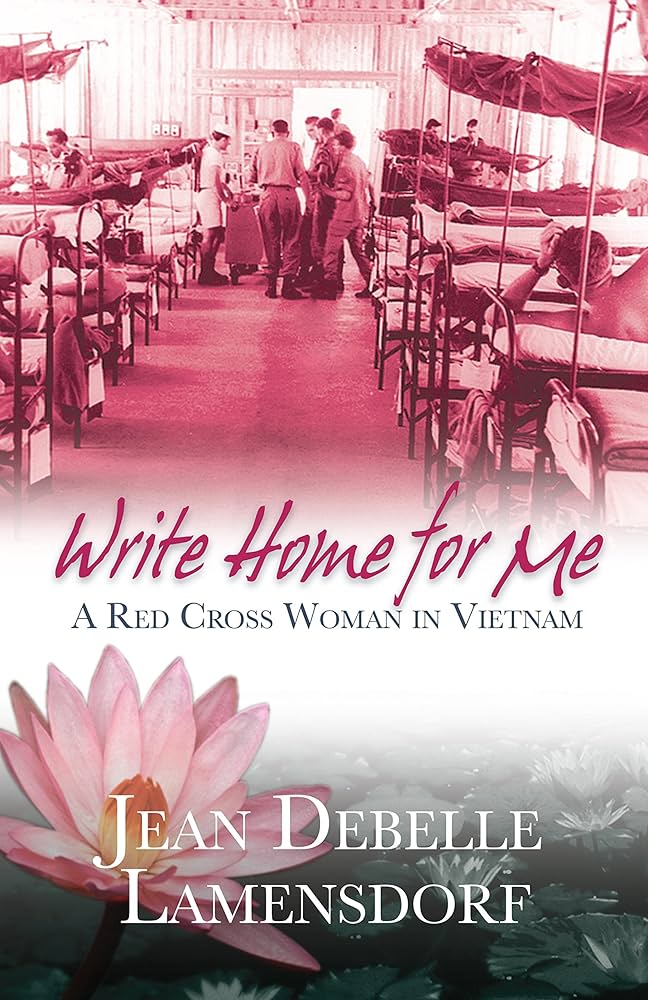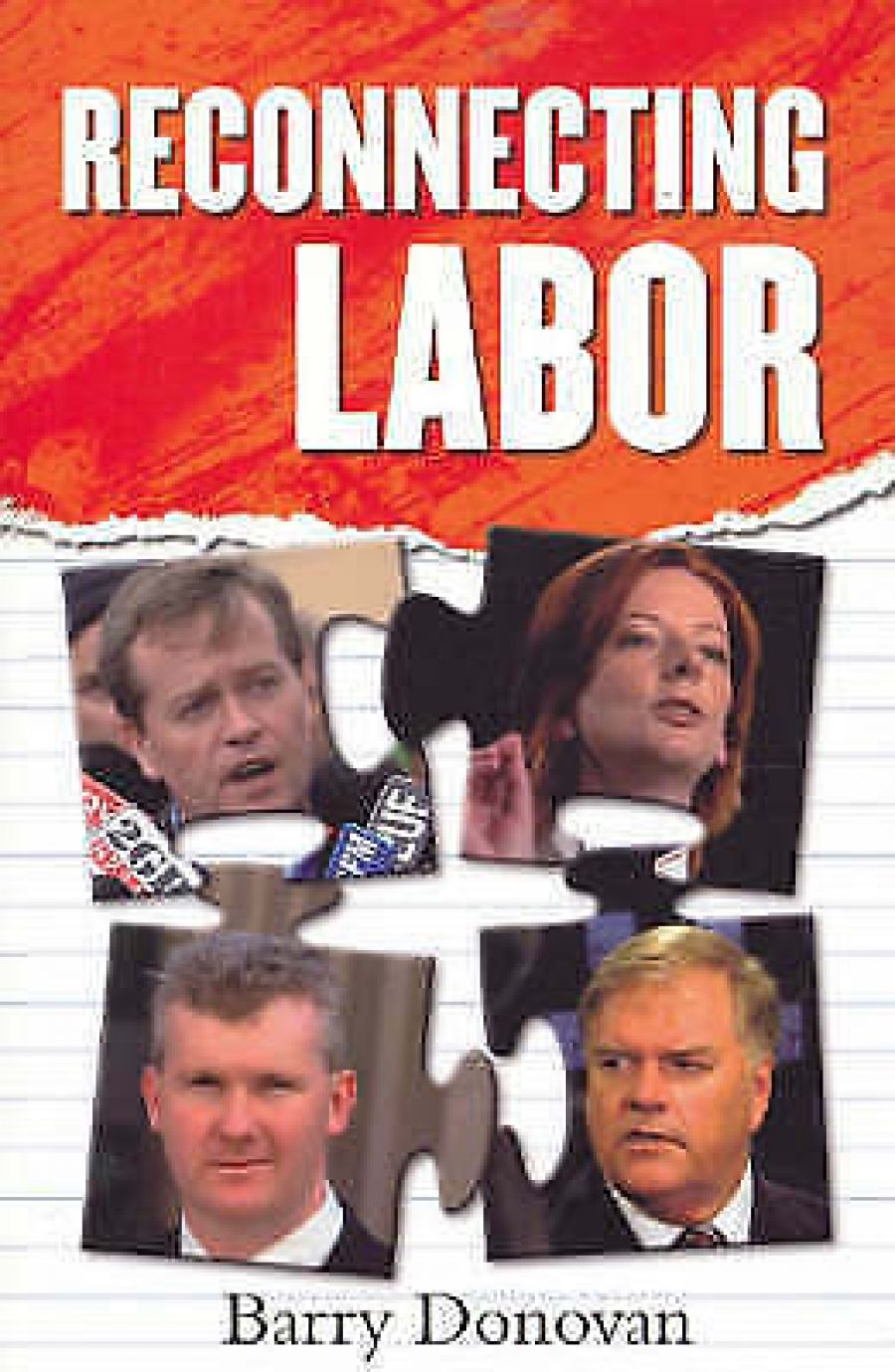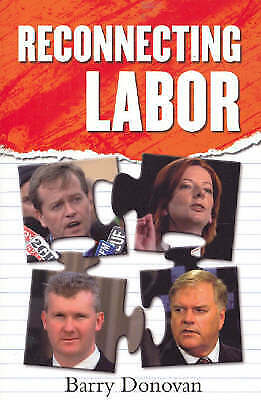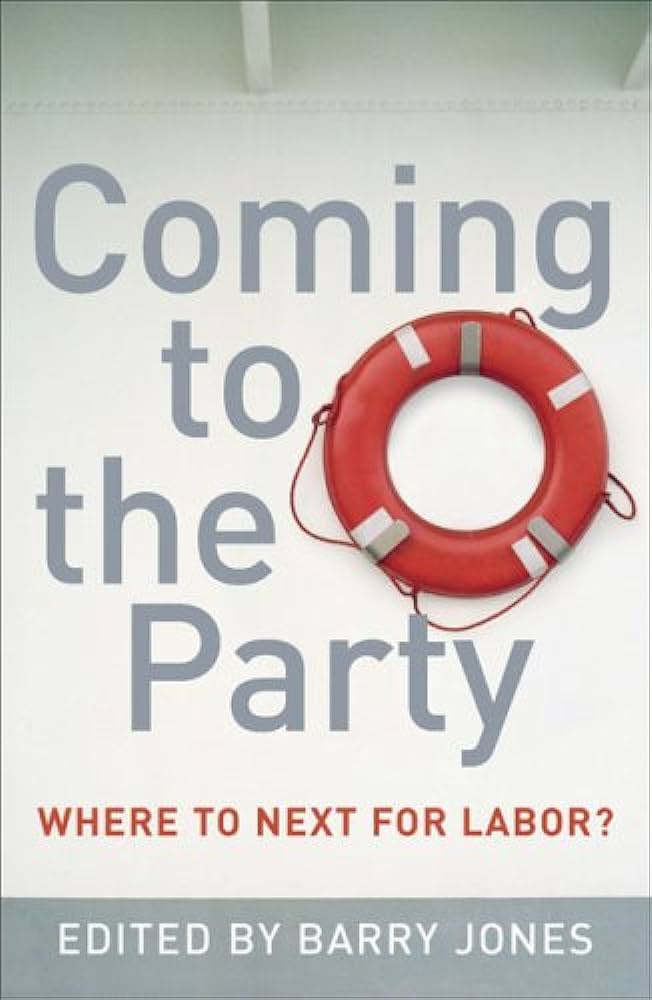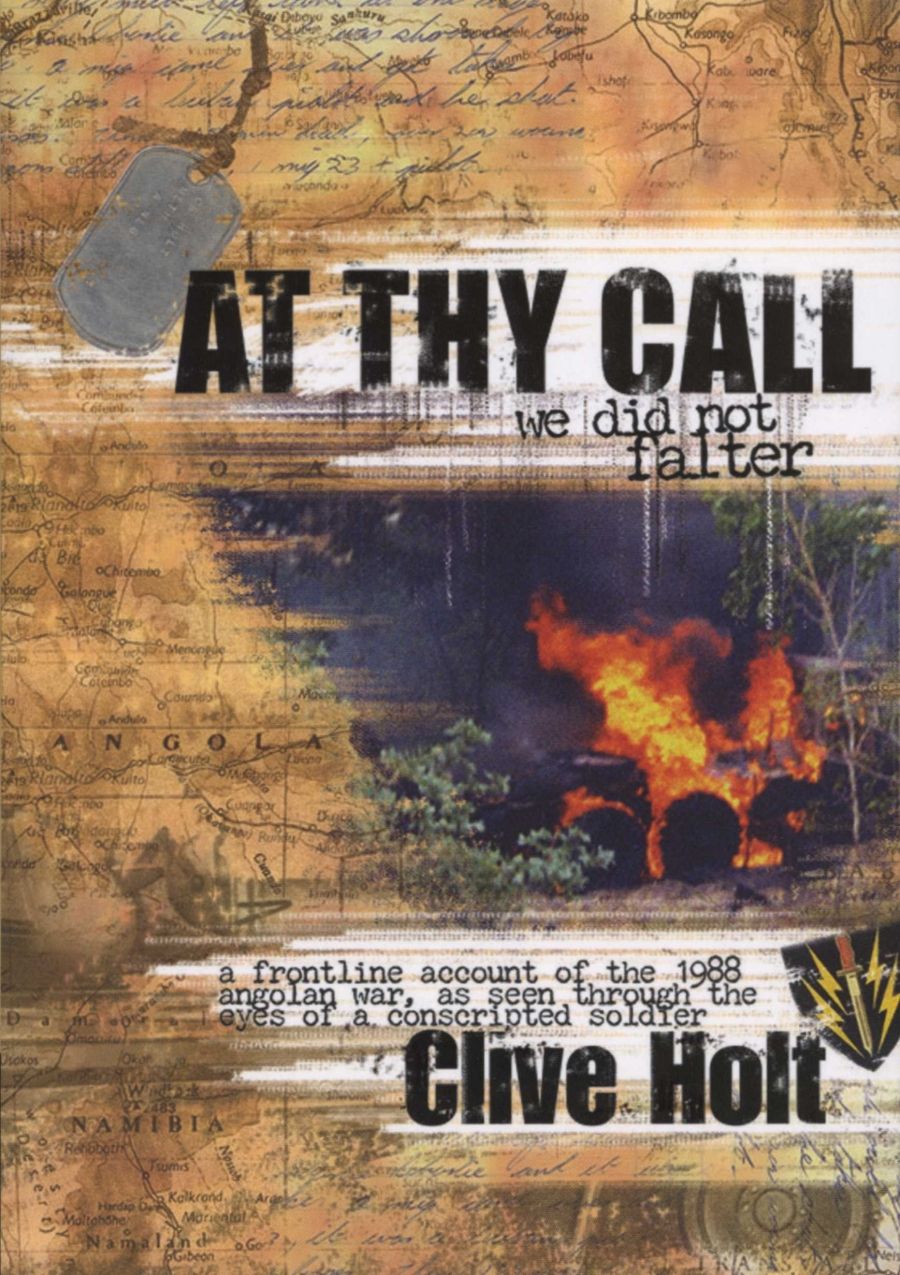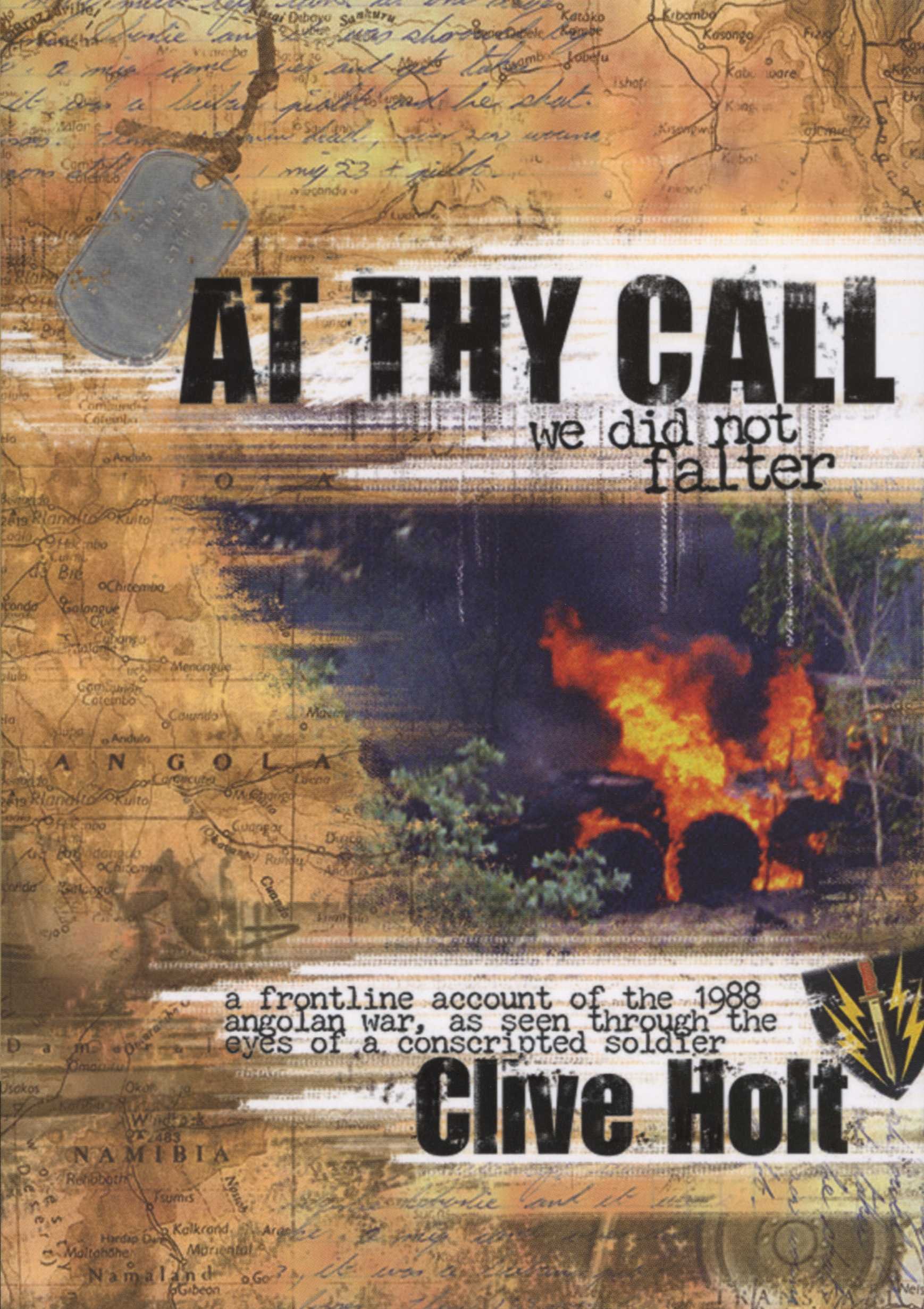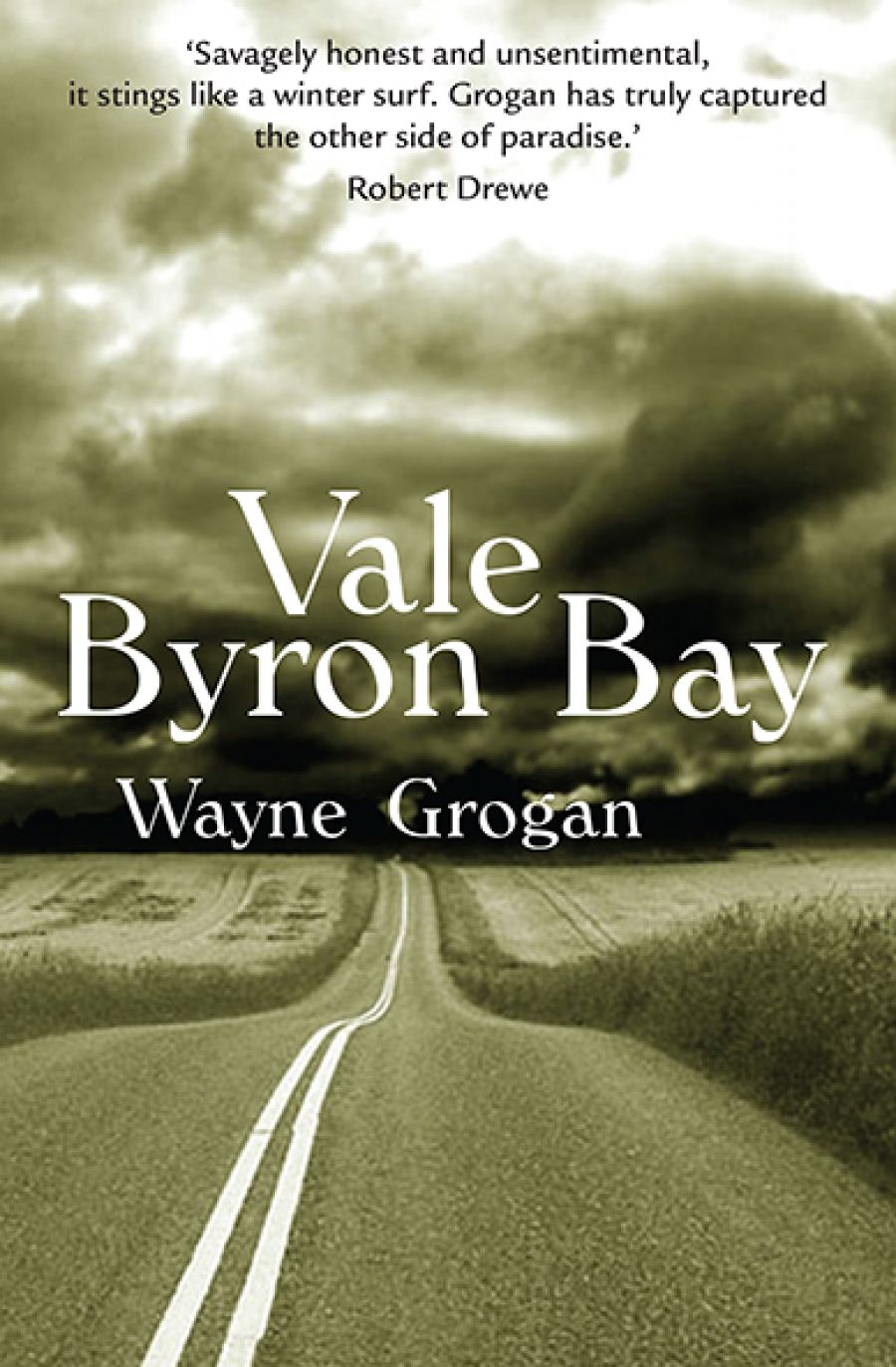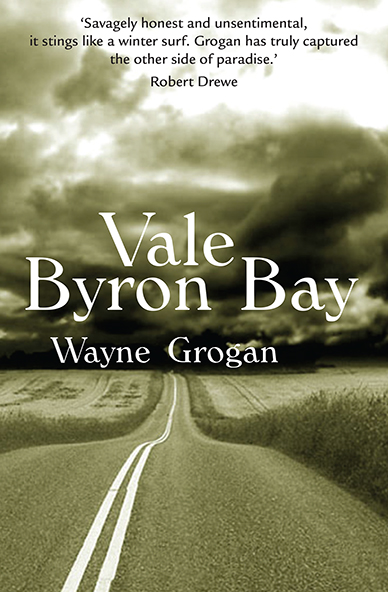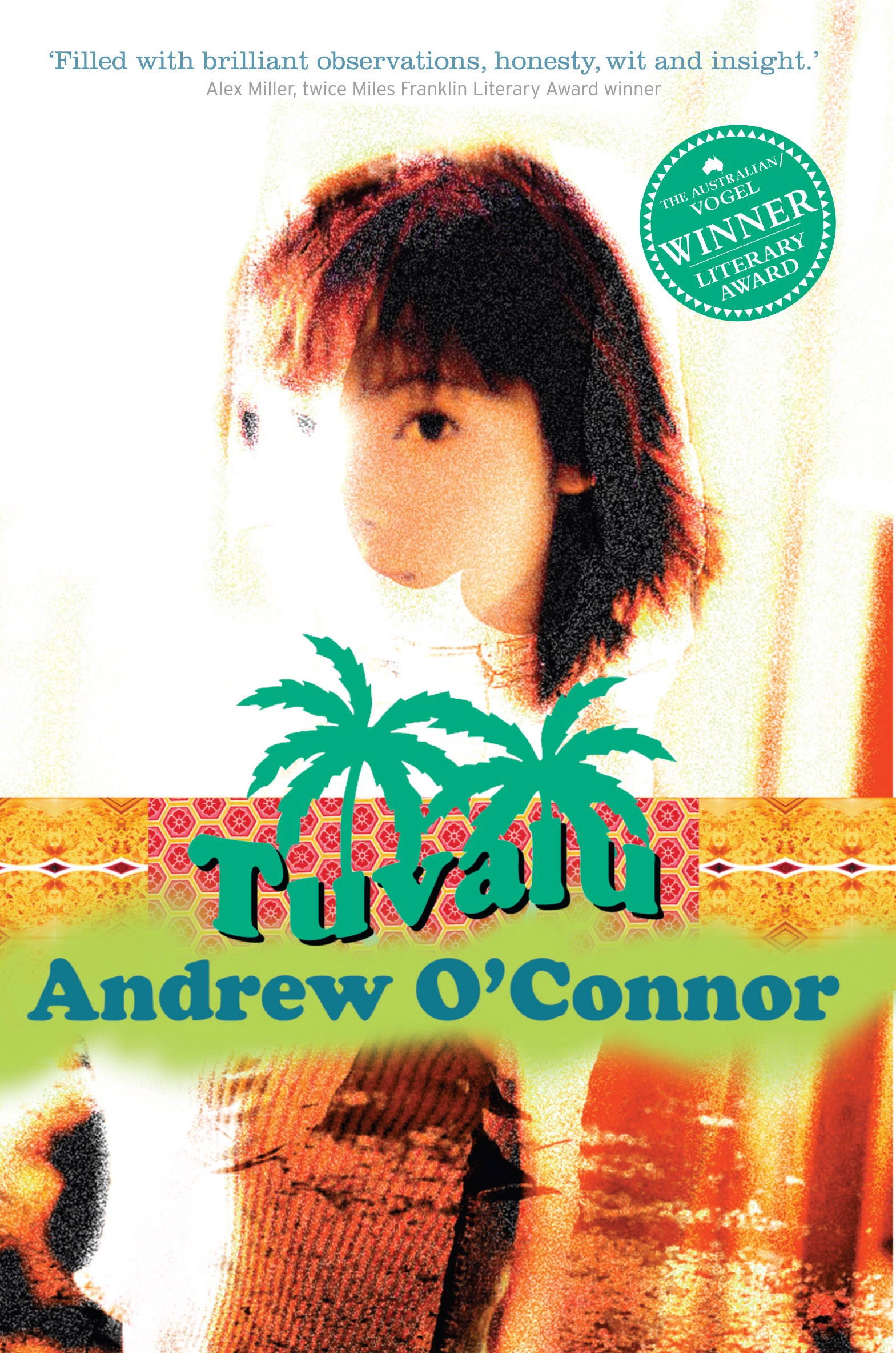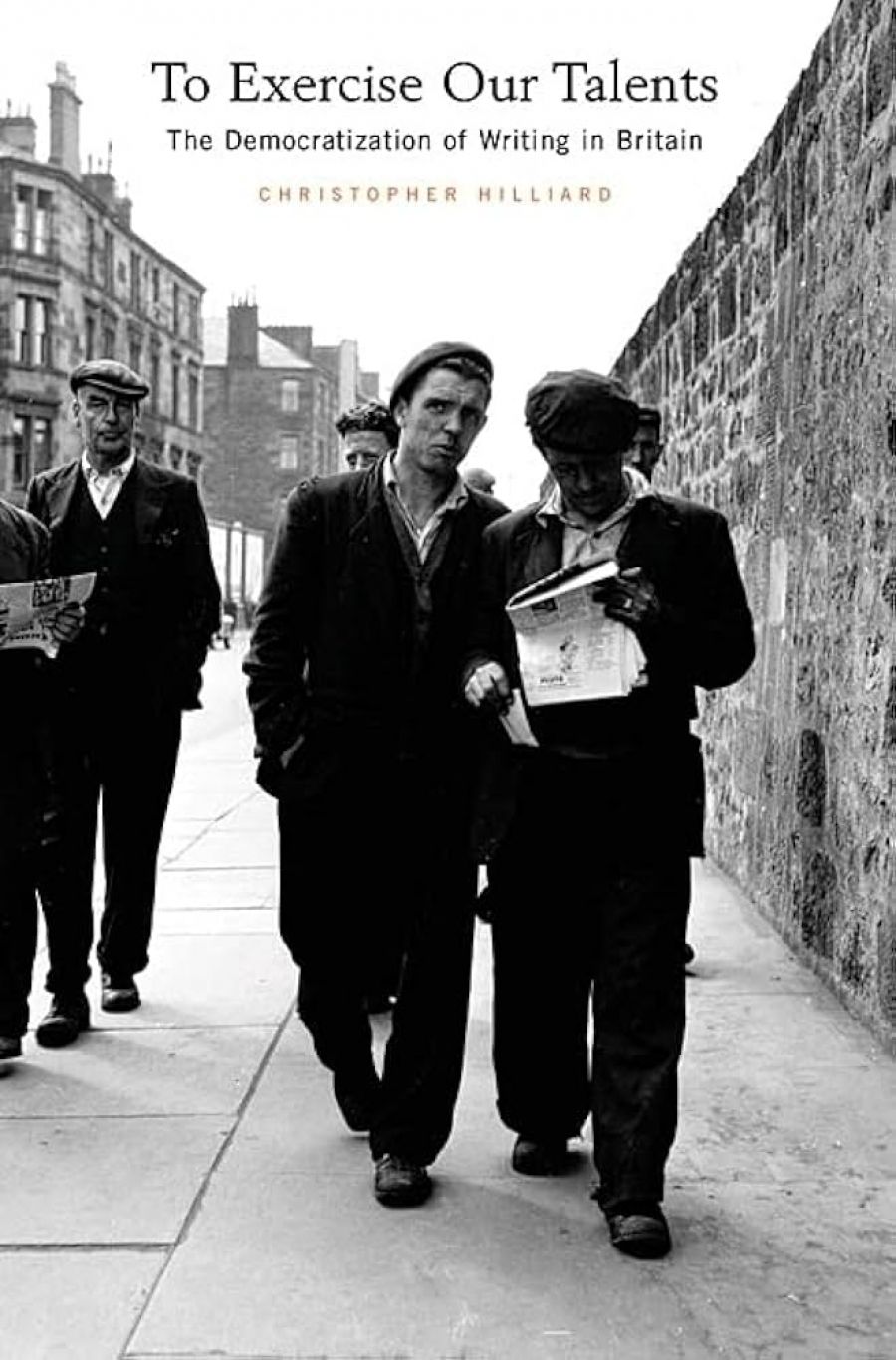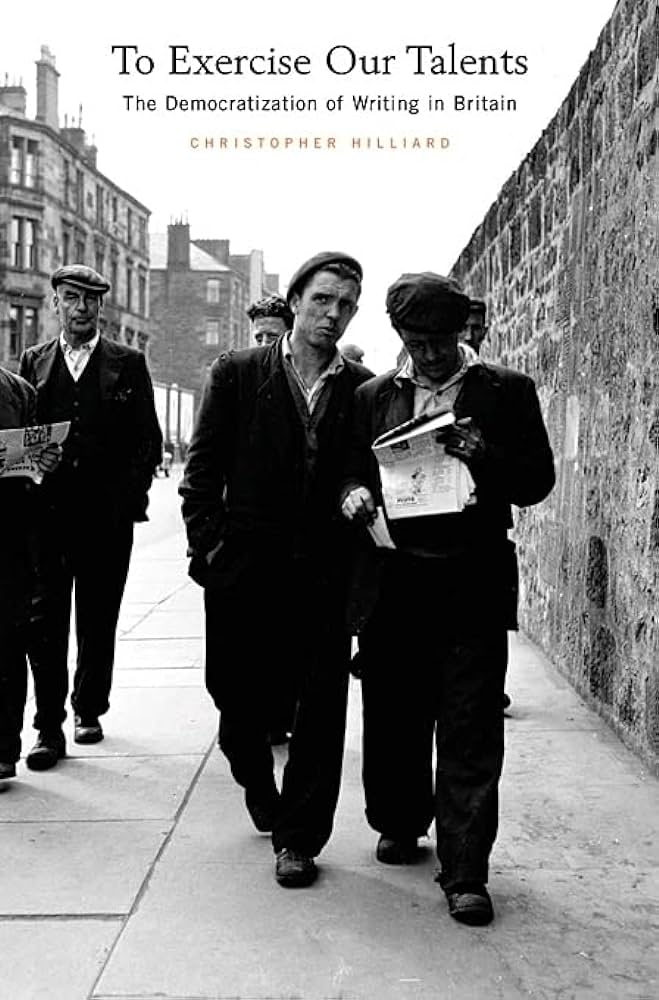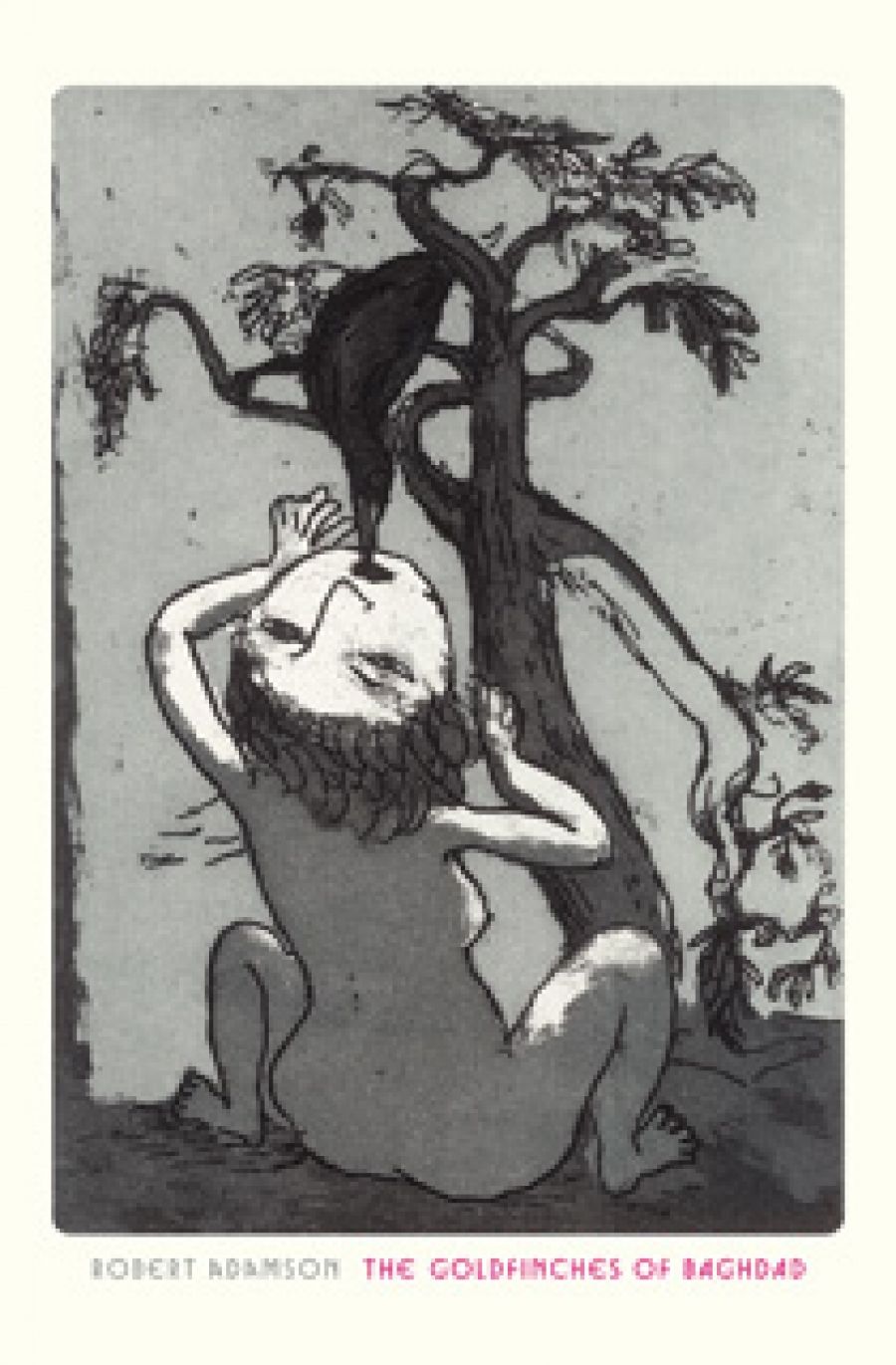
- Free Article: No
- Contents Category: Poetry
- Review Article: Yes
- Online Only: No
- Custom Highlight Text:
Critics often comment on the ‘shape’ a poem makes – not the concrete form of the words on the page, but the poem’s conceptual trajectory, the statement, development and resolution (or lack thereof) of its central theme. What is most striking about Robert Adamson’s first collection of poems published in North America, The Goldfinches of Baghdad, however, is the shape the collection makes as a whole ...
- Book 1 Title: The Goldfinches of Baghdad
- Book 1 Biblio: Flood Editions, US$13.95 pb, 103 pp, 0974690287
Critics often comment on the ‘shape’ a poem makes – not the concrete form of the words on the page, but the poem’s conceptual trajectory, the statement, development and resolution (or lack thereof) of its central theme. What is most striking about Robert Adamson’s first collection of poems published in North America, The Goldfinches of Baghdad, however, is the shape the collection makes as a whole, the arc of the volume in its entirety. As the culmination of forty years’ experience, it is nothing short of a masterpiece.
Here, the dominant concerns of what might be called Adamson’s later period (prevalent in the 1999 volume, Black Water: Approaching Zukofsky) reach their apotheosis: his writing of the Hawkesbury River region, his unremitting passion for all things ornithological, and his fascination with the Greek myth of Orpheus and Eurydice. But the volume is much more than a mere concatenation of individual poems treating the poet’s trademark themes.
As a collection, it is sublimely cohesive: from first to last, the correspondences between poems are considerably fecund. Less a series of songs than an organically realised symphony, the volume is replete with a masterful lyricism and a comprehensive, mythopoeic grandeur verging on an indigenous ‘dreaming’. To be sure, the individual poems are often marvels in their own right; many have been published previously, and have been reworked for this volume. It is not the place here to undertake a rigorous comparison of the various versions; suffice it to say that whereas Black Water was an accomplished volume, here the poems appear effortless: the enjambment is cleaner, the cadence immaculate, the music further refined.
Appropriately, the opening poem, ‘A Bend in the Euphrates’, is thematically incipient and functions as an overture, detailing an inherently creative primal-scene, a parable of creation or poesis. Reflecting on (a poem written on) a piece of crumpled Egyptian linen, the poet’s imagination riffs on the image of the loom:
In a flash I saw two dirty-breasted ibis
and heard their heads swish: black bills
swiped the cloudy stream, and in the rushes
I heard needles stitching, weaving features
into the landscape, clacking as they shaped
an orange tree, then switched a beat to invent
blue-black feathers for crows, the pointed
wedges of their beaks.
The performative lyricism of these lines is palpable; the internal, alternating rhyme of stitch, clack, switch and black suggests onomatopoeically the movements of the loom, as though the poem was mimicking it in two senses, as a creative device, and as a rhythmic or musical one. The delight that stems from such lyricism, however, is tempered by the sobriety of the mature poet: ‘The map’s folded away. I travel by heart now, / old lessons are useless.’
When, later in the volume, the poet observes ‘the city ibis stitching its voice / To the wind between car park and street’ (‘Eurydice in Sydney’), we recall his earlier association of the ibis – perennially linked with prehistory, from its deification in the ancient Egyptian pantheon, through to its appearance in Derek Walcott’s A Far Cry from Africa – with the creative impulse. For Adamson, the two are symbolically inseparable, and this is gathered from his word-sensitive correspondences, the (creative) ‘stitching’ of both instances.
As he explains in his autobiography Inside Out (2004), Adamson aspired to be an ornithologist from a young age. His fascination in his first year of high school with the Ptilorus magnificus, or Magnificent Riflebird, went beyond the bounds of adolescent enthusiasm, and ultimately landed him in a juvenile boys’ home after he stole a specimen from the Taronga Park Zoo. Fifty years on, his obsession with birdlife, particularly that of his native Hawkesbury – the Yellow Bittern, the Rainbow Bee-Eater, the Dollarbird and the Grey Whistler – has found its truest expression. The poetic manifestation of this passion goes beyond mere description; for Adamson, there is something about avian behaviour that chimes with human experience, and vice versa. Aspects of the human world are subsequently informed by his ornithological poetics: ‘His words were finches, / flying before him / as he swung his arms – / scrambled paragraphs’ (‘Walking by the River’); ‘The shadow your hand casts / resembles the mudlark, opening / its wings, calling and rocking, / perched in the pages of my book’ (‘Eurydice and the Mudlark’); ‘Avocets migrated from our / thoughts into words and went / skidding into sound as they / too became human’ (‘Red-Necked Avocet’).
These correspondences are nuanced beyond basic anthropomorphism. Adamson taps into a tradition that extends at least back to Keats – who declared, after Shakespeare, that poetry is elementally an aerial form, and should be as free as the wind – when he invokes the simplicity of avian freedom: ‘Ignorant of human borders, its migration / technology is simple: feathers / and fish-fuel, cryptic colour and homing / instinct’ (‘The Greenshank’). On other occasions, the speaker of the poem undergoes a type of Ovidian metamorphosis: ‘the / southerly each afternoon / ruffles my feathers, so that sometimes / I chuckle’ (‘Gang-Gang Cockatoos’); ‘My head contains thousands of images - / slimy mackerel splashing about in the murk’ (‘Thinking of Eurydice at Midnight’); ‘look – my frame, tail-shaped, fanning air. / Getting nowhere’ (‘Major Mitchell’s Pink Cockatoo’).
In the final instance, the cross-pollination of avian and human experience extends to the political realm. This gives rise to Adamson’s mordant wit: the defence minister ‘mimics the eclectus parrot – / his face turns red like its satin belly – but his / black beak’s genetically engineered for speech’ (‘Eclectus Parrot’). ‘The Flag-Tailed Bird of Paradise’ bears an epigraph concerning George W. Bush’s instruction to the ‘enemy’ to raise a white flag in surrender, and Adamson’s description of the birds (‘their eyes enormous, pink, and their / flag-tails heavy – almost too heavy / to hold up, but not theirs / to withhold’) takes on distressing proportions. Similarly, in the volume’s title-poem, the destruction of war fails to discriminate between bird and human: ‘Flesh and feathers, hands / and wings. Sirens wail, but the tongues / of poets and the beaks of goldfinches burn. / Those who cannot speak burn along with the / articulate.’
That the ‘tongues of poets’ and the ‘beaks of goldfinches’ are associated here suggests that Adamson connects birdsong with the song of the ephebe. When writing about native birdlife, his poems are clearly infused with a lyricism as precise as that of his avian subjects. For example, in Powder Hulk Bay, his observation of ‘Black-capped / terns catching chips in the park’ is, as a single sentence, intensely musical: note the assonance of the ‘a’ and the alliterated hard ‘c’ in black, capped and catch, the consonance of ‘ch’ in catch and chips, and the alliterated ‘p’ in capped, chips and park. This predominantly monosyllabic sentence is, like the lines describing the loom in the opening poem, inherently performative, conveying the staccato movements of the bird catching its dinner. But while Adamson’s virtuosic lyricism permeates the collection, it is only in light of his sustained engagement with the Greek myth of Orpheus and Eurydice that the volume’s music is fully appreciated.
If A Bend in the Euphrates introduces the theme of creativity and the correspondence between avian and human experience, then the second poem of the volume, ‘A Visitation’, establishes a preoccupation with the Greek myth of Orpheus and Eurydice – albeit obliquely. A prose poem set on the Hawkesbury River, it depicts the emergence of a yellow-footed rock wallaby from a burnt-out patch of scrub:
Although wounded, it seems miraculous: the soft yellow of its feet, the hard, sharp black of its claws. It’s the first yellow-footer I’ve seen for more than forty years. It takes me back immediately to a time when I was a kid, rowing my grandfather’s tallow-wood skiff across Big-Bay: I spotted a mob of four rock wallabies that stood there as I sat silently in the boat and let the tide carry me right by them […] Then a panic ran through them: the largest buck bounded, almost flew, straight up an enormous rock; the sheer wildness and ferocity of it shocked me. Afterwards, the atmosphere was thick with an odour unlike anything I recognized. This morning, it’s in the air again. I turn to take another look, but the rock wallaby’s gone.
The Orphic elements of this poem remain latent until one has read the entire volume and encountered its numerous explicit engagements with the Greek myth (‘Eurydice at Midnight’, ‘Letter to Eurydice’, ‘Eurydice on Fire’ et al.). Only then does the final line here resonate with Orpheus’s fatal glance at Eurydice (on the verge of leaving the underworld). Crucially, on seeing the wallaby, the poet is reminded of a sighting as a child; when he remembers their panicked flight, he recognises the odour of the earlier visitation (‘this morning … in the air again’), and this pre-empts the disappearance of the present wallaby. Thus, like Orpheus, who loses Eurydice twice – the second time because he recalls the initial loss and so turns to glance at her – the speaker in this poem suffers the loss of the wallaby twice, once in memory, then presently. It is, ironically, only in hindsight that the Orphic resonances of this poem become apparent.
The myth is made manifest in many similarly oblique ways throughout this volume. Thus, a throwaway mention of the poet’s grandmother describing summer to be ‘hot as bloody Hades’ (‘The Serpent’), or a title such as ‘The First Chance Was the Last’, takes on an overwhelming poignance. In ‘Singing His Head Off’, the poet seems to identify with the Orphic figure of the ferryman at Kangaroo Point (‘before the bridge’), who ‘coalesces around the feeling of loss / of his wife in his stomach’:
Standing now with his back to the storm,
he straightens and begins to sing –
a deep low moan buildingto a howl and a high elemental
keening – his song that could once
make rocks weep.
Again, while this is a fine poem in its own right, its significance (the fact that the ferryman’s wife has been ‘underground for a week’, the dolorous song of the ferryman himself) is only fully appreciated in the context of the volume as a whole. On other occasions, the poet, as both fisherman and musician, becomes an Orpheus of the Hawkesbury: ‘I scribble / a few lines, pass my fishing rod off / as a lyre. Who needs this bitter tune? / Its distorted chords lull me into numbness. / I bend it over double and pluck’ (‘The Floating Head’).
In a poem such as ‘Eurydice on Fire’, Adamson’s cadence is as refined as birdsong:
A shapeless field of mist above the river’s
surface, drifting. At first light the headof a tree emerges, then black sticks
from oyster racks. The mistparts as it rolls across
a channel pole’s yellow marker –another level of watching settles
in thinking the mistforms ribbons and leaves
wisps of itselfin mangrove branches.
The music begins with the sibilance of shapeless, which courts that of mist, surface and first, before chiming truly with across in the sixth line (which gives momentum into the delightfully enjambed final section); there are the alliterated ‘f’s of field, surface, drifting and first in the opening couplet; the true internal rhyme of black and racks, as well as that of rolls and pole’s, whose music is extended through the alliterated ‘l’s, in channel, pole’s, yellow and level; the consonance of the ‘st’ in mist and first which returns in sticks and oysters; and of course the hard ‘c’s of black, stick, racks. With such prosody, these lines constitute less a poem about the mist than a poem that lyrically enacts the mist, as if the mist were itself a poem.
Adamson’s sustained engagement with the Greek myth also entails a profound use of what might be called the chiaroscuro of the underworld, the depths of Hades contrasted with earthly light. This is evident in many of the Hawkesbury river scenes, such as ‘The Voyage’: ‘The river flowed towards morning / until Scorpio grew pale, fading with dawn, / and darkness sailed into light.’ It culminates in the final poem of the volume, ‘Reaching Light’, a beautiful dramatic monologue from the perspective of Eurydice, reminiscent of Rembrandt’s revelatory illumination.
The Goldfinches of Baghdad is that rare thing, a book of Australian poetry to which I respond the way Frank McCourt did when reading Shakespeare as a child: ‘it’s like having jewels in my mouth when I say the words.’


